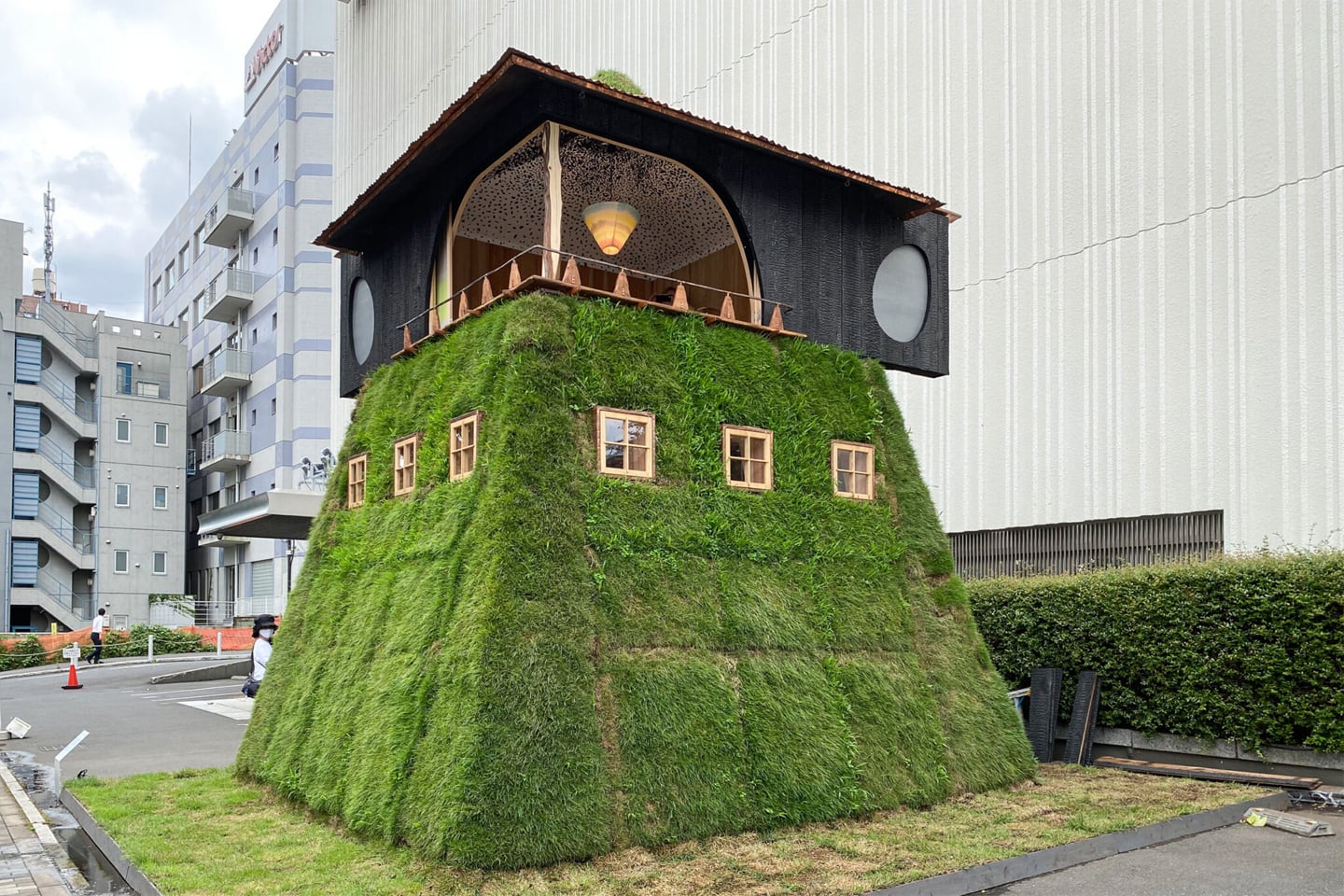
Japanese architect and architectural historian Terunobu Fujimori is known for his quirky teahouses and fondness for unusual city structures. His latest tea house transports an elf’s cottage from the pages of a fairytale to the concrete of Tokyo. Featuring grassy facades, timber treated with yakisugi, and a lofty vista point, the teahouse, called Goan, is sightly positioned in front of the new National Stadium of Tokyo where it remained until 5 September 2021 in celebration of the 2020 Summer Olympics.
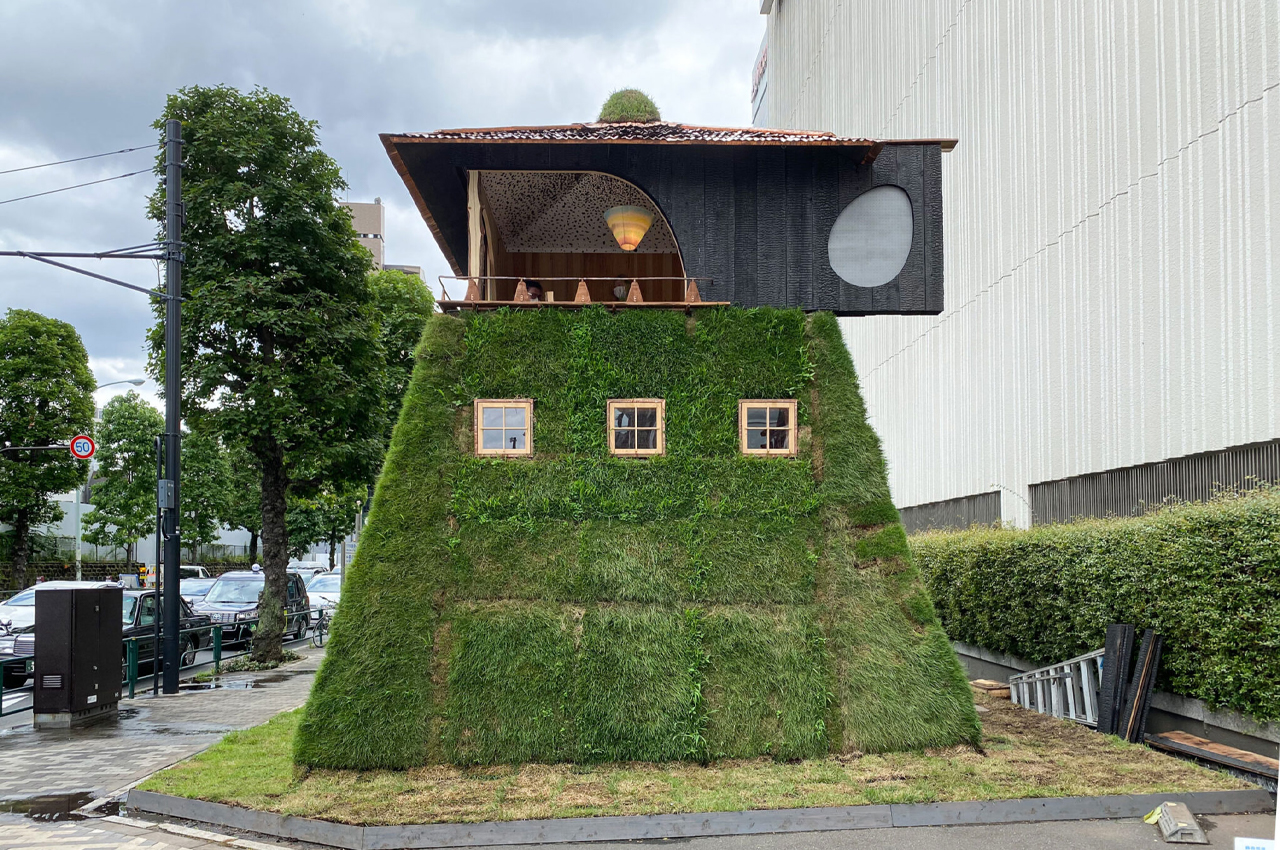
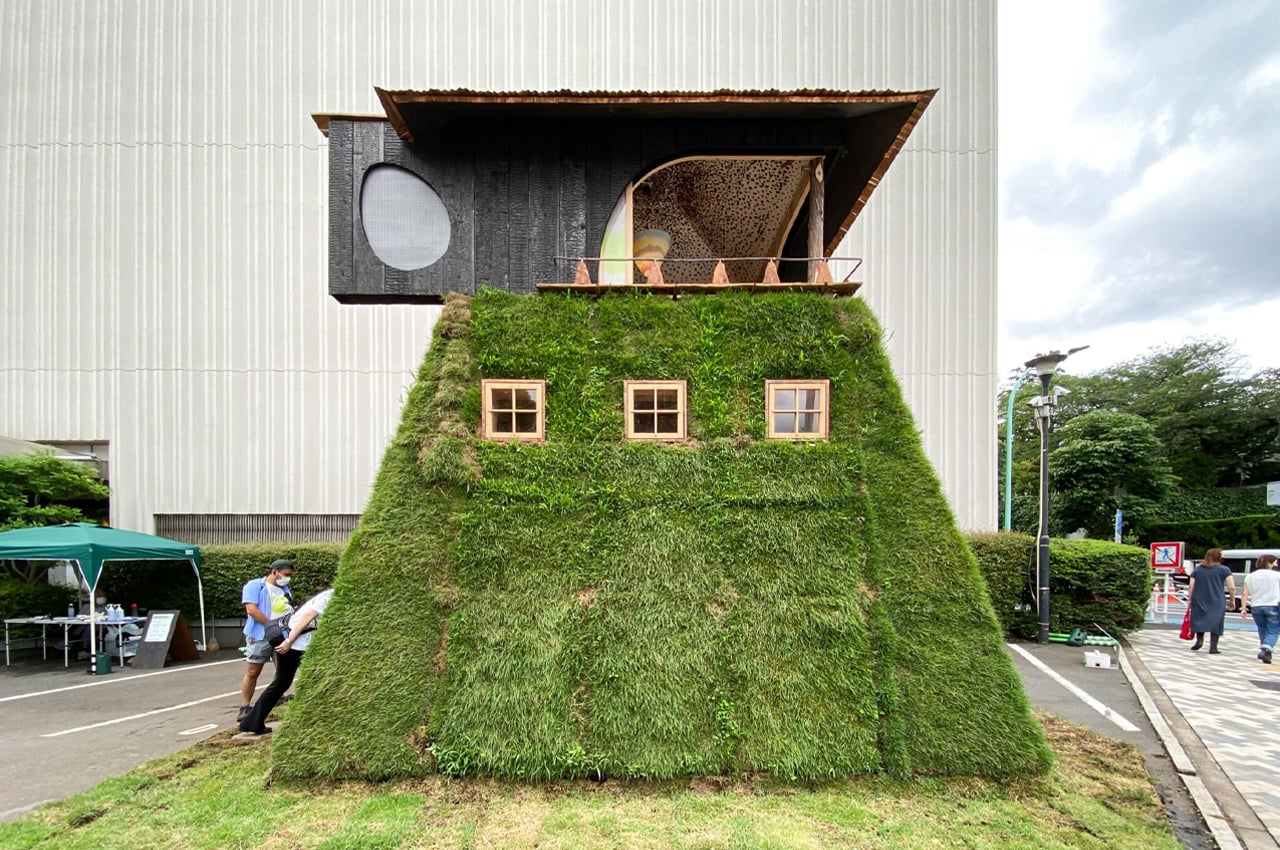
Poking out from the corner of one facade, visitors can crawl through a circular hole, traditionally known as a ‘Nijiriguchi,’ to gain entry to the tea room’s interior. Moving inside, visitors pass through the grassy exterior and are welcomed by an entirely unstained wooden first floor. Functioning as a reinterpretation of ‘Nijiriguchi,’ a small wooden staircase and ladder connects the bottom floor with the upper tea room.
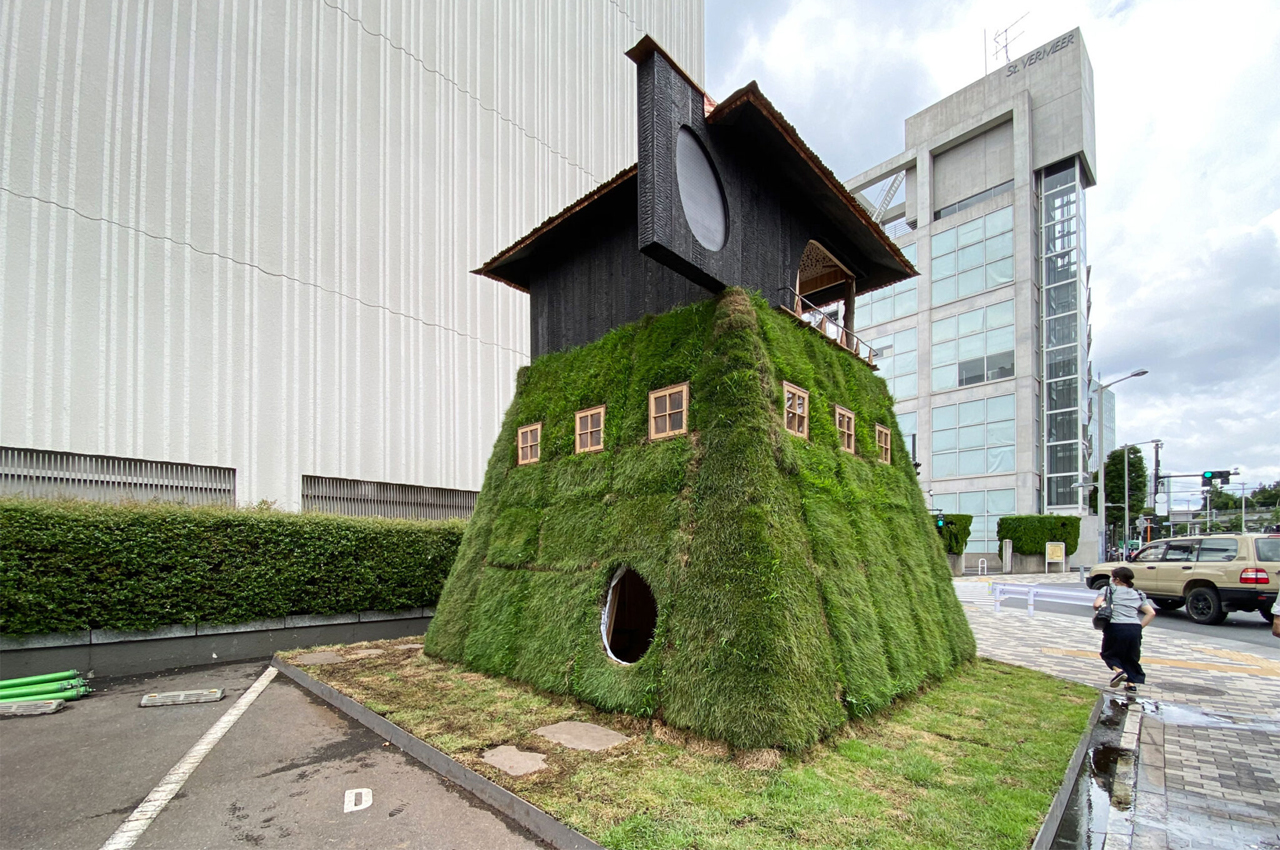
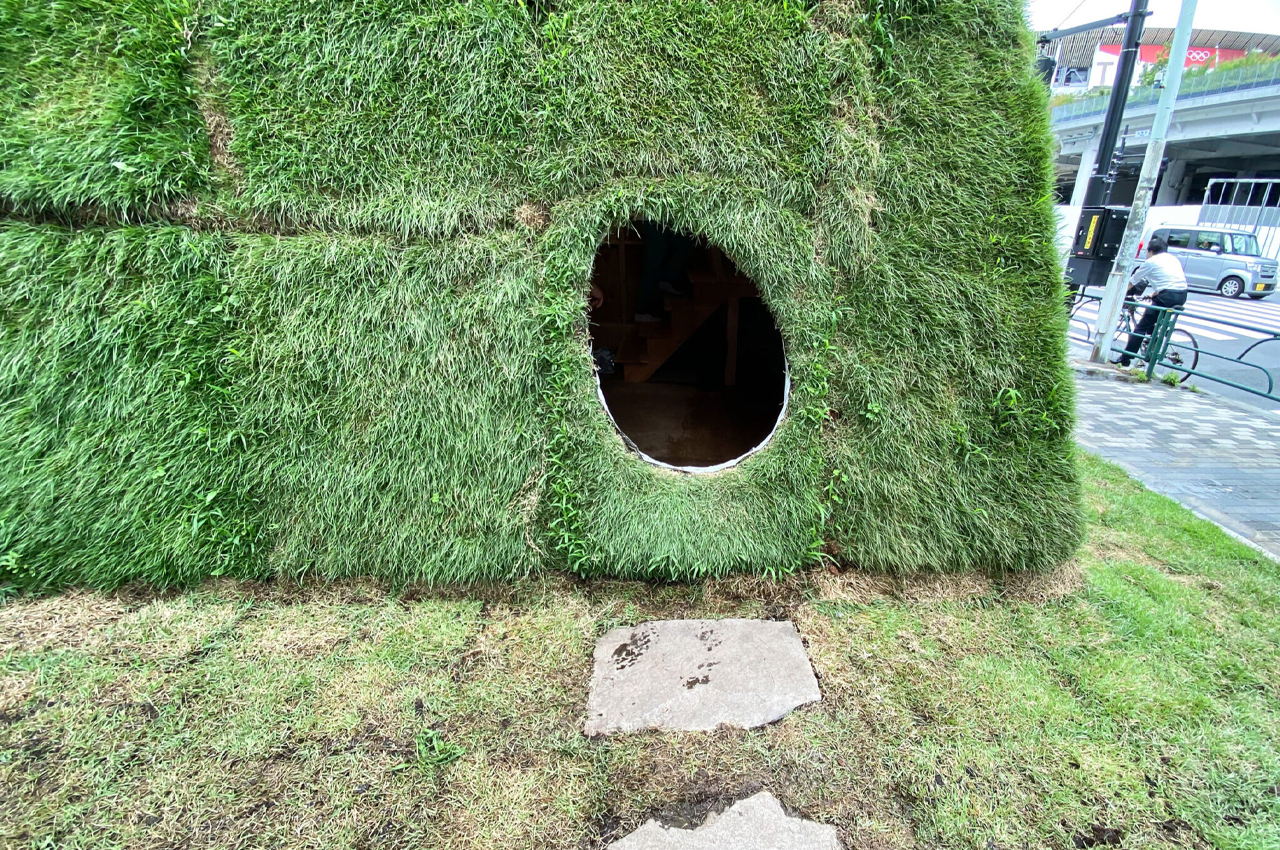
Upstairs, visitors can enjoy a cup of tea and a view of the National Stadium designed by Kengo Kuma. From the outside, the upstairs tearoom inside Goan is visually separated from the first floor with a timber exterior constructed from yakisugi treated wood, a traditional Japanese method of wood preservation. The tea room is swaddled in polished natural wooden panels and furniture, giving the room an air of organic warmth.
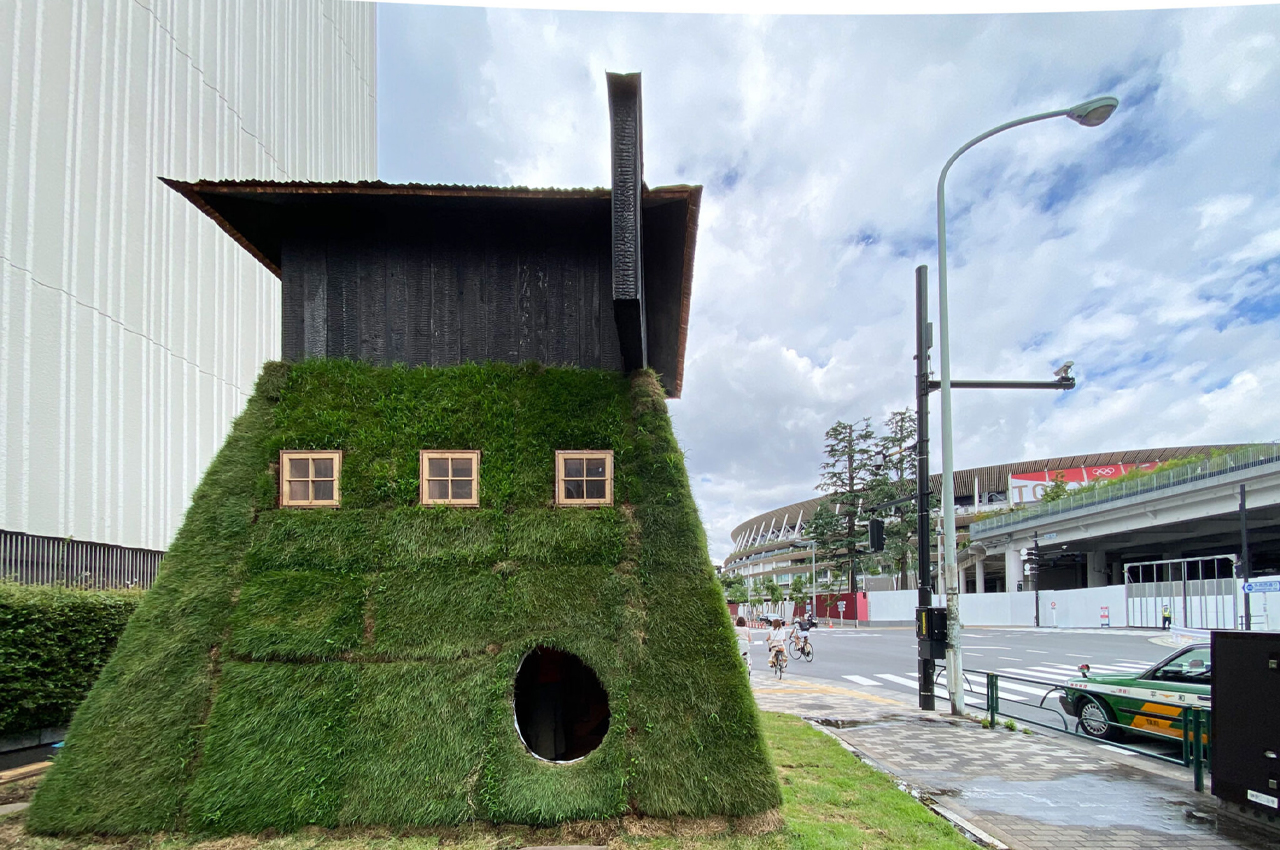
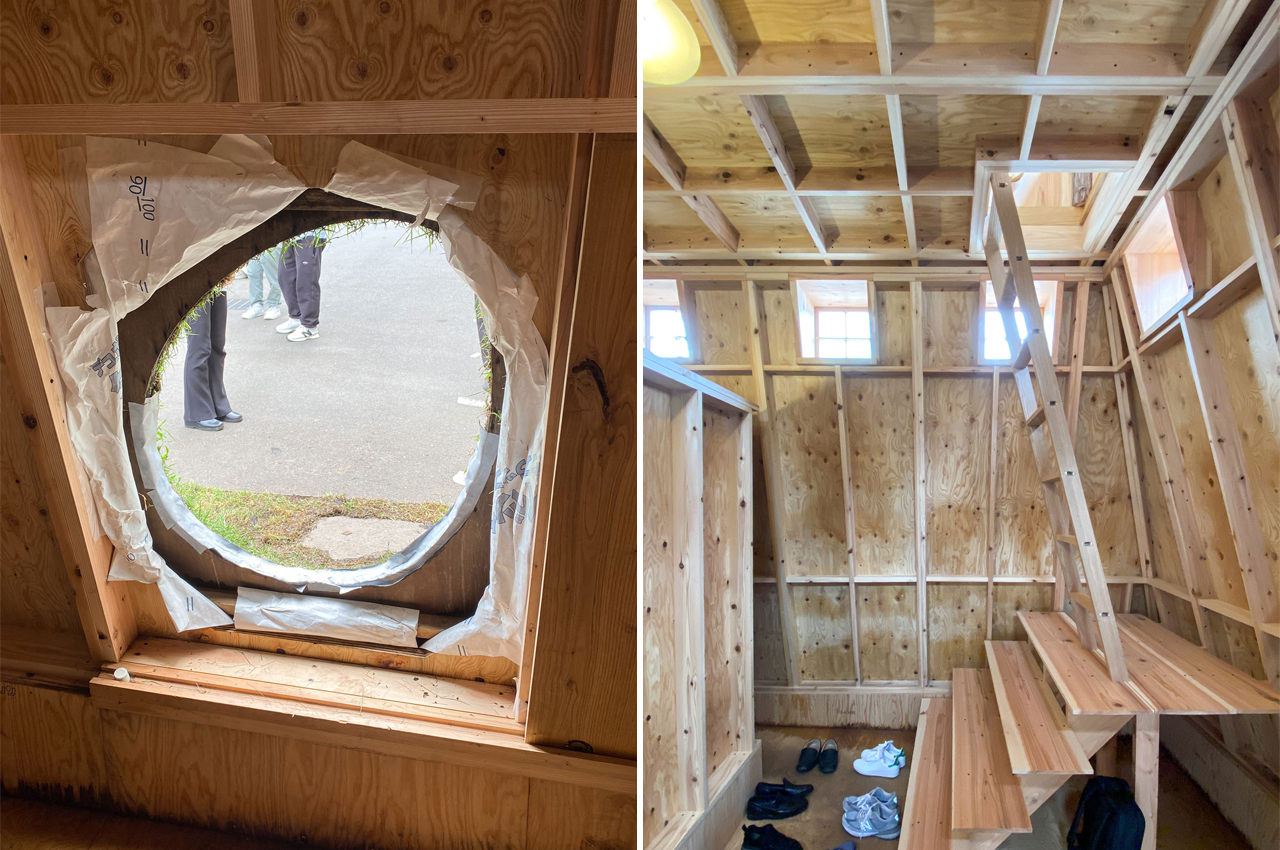
Standing as one of eight pavilions that are designed to showcase Japan’s future of urban architecture and art, the Goan Teahouse was installed as part of the city’s Pavilion Tokyo 2021 initiative. The initiative coincided with the 2020 Summer Olympics in Tokyo, where six world-renowned Japanese architects and two artists each designed a one-of-a-kind pavilion for fans of the games and city visitors and residents to enjoy.
Designer: Terunobu Fujimori
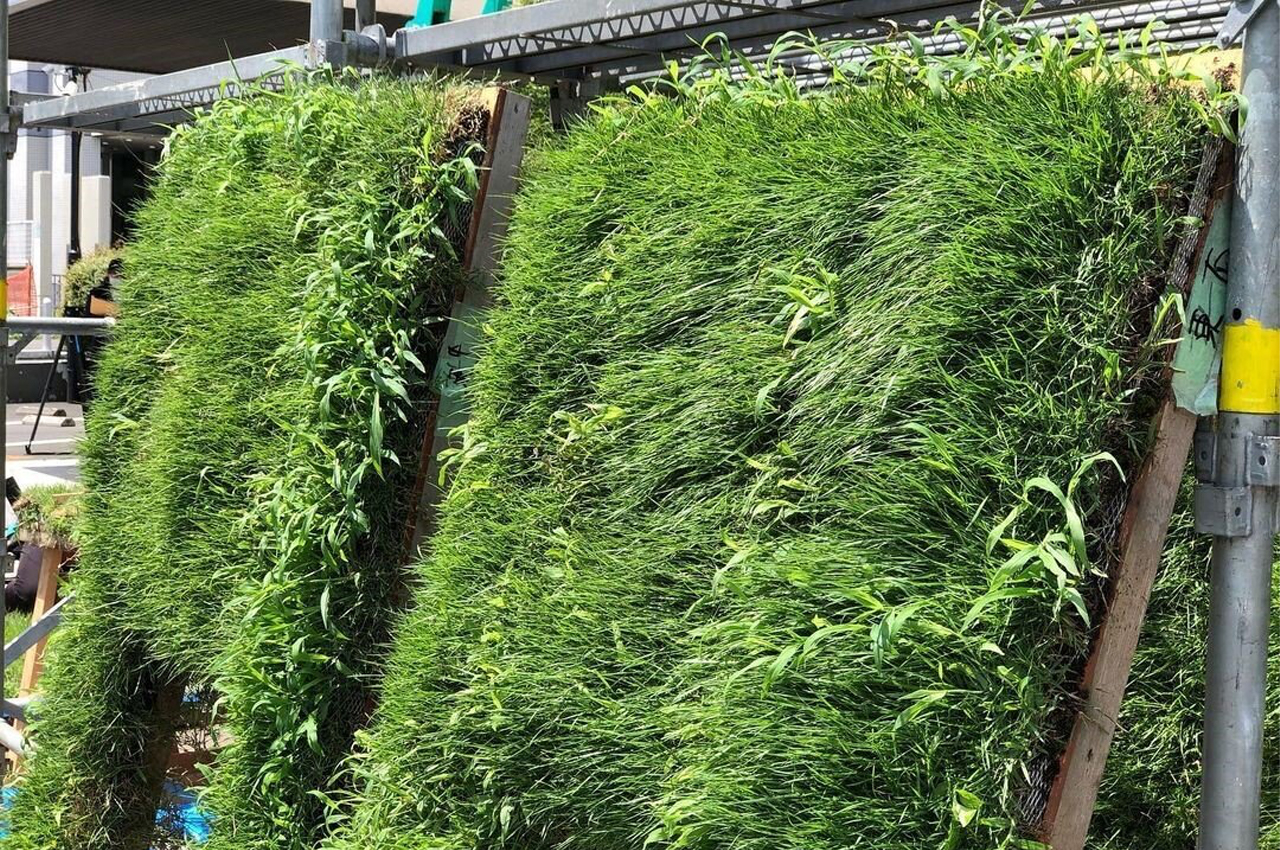
Plots of grass were used to cover the exterior of Goan, a natural choice for Fujimori.
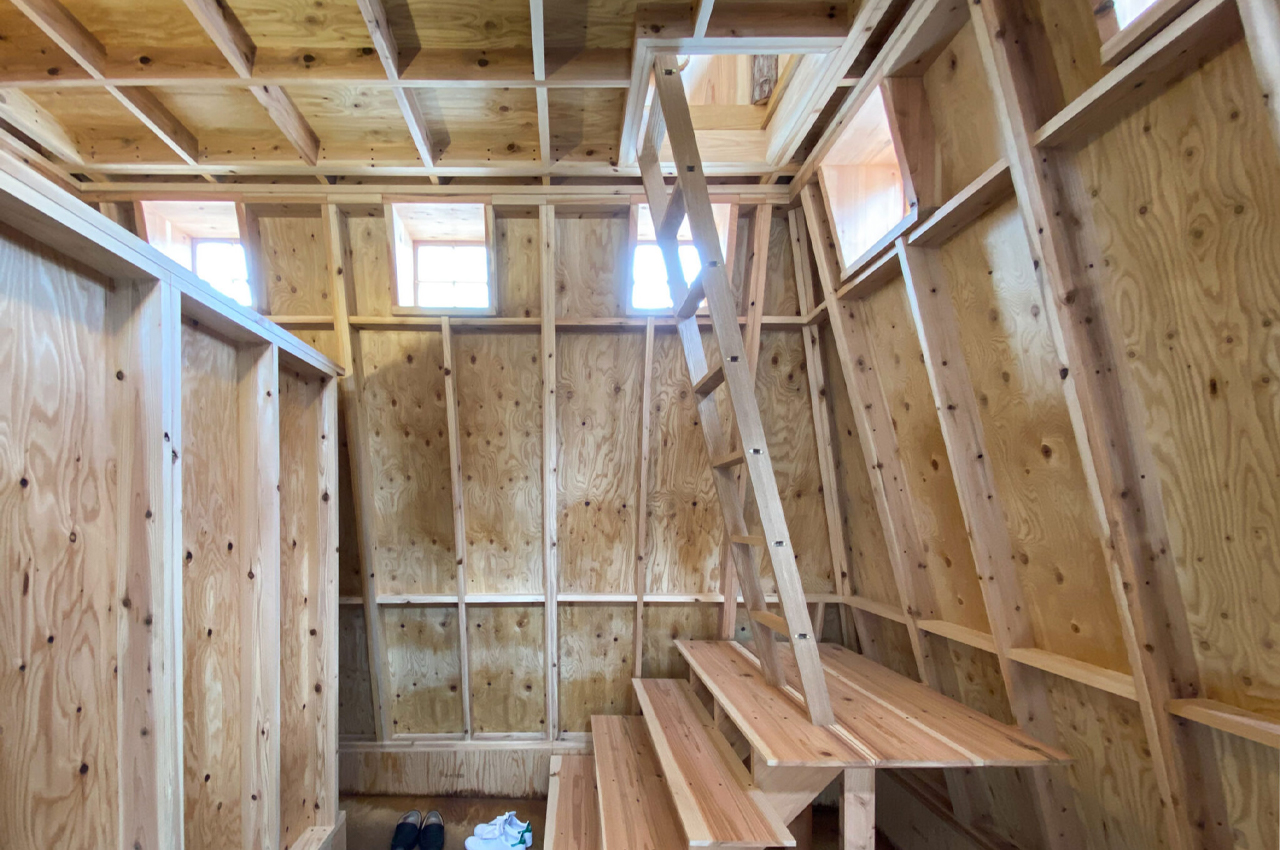
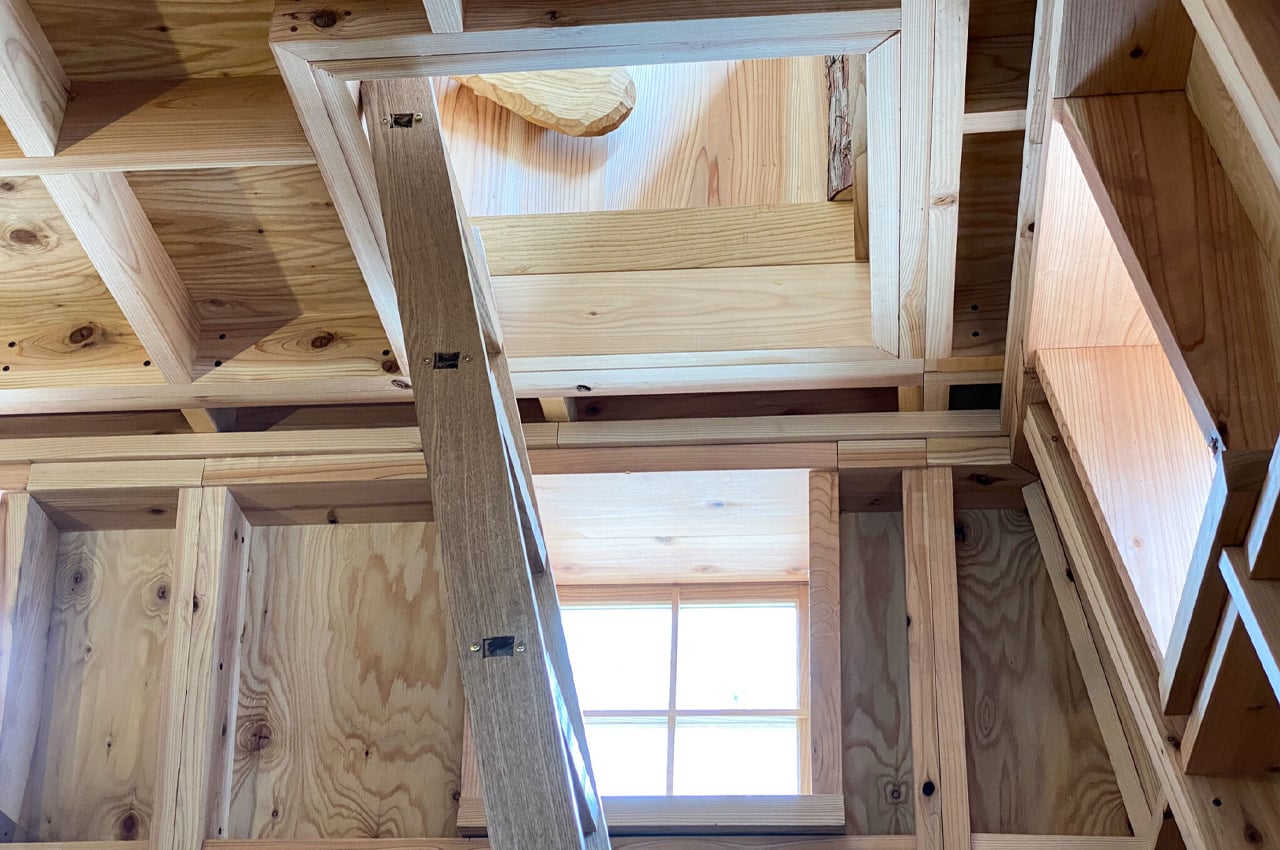 Inside, visitors access the upper tearoom via a wooden staircase and ladder, a reinterpretation of ‘nijiriguchi.’
Inside, visitors access the upper tearoom via a wooden staircase and ladder, a reinterpretation of ‘nijiriguchi.’
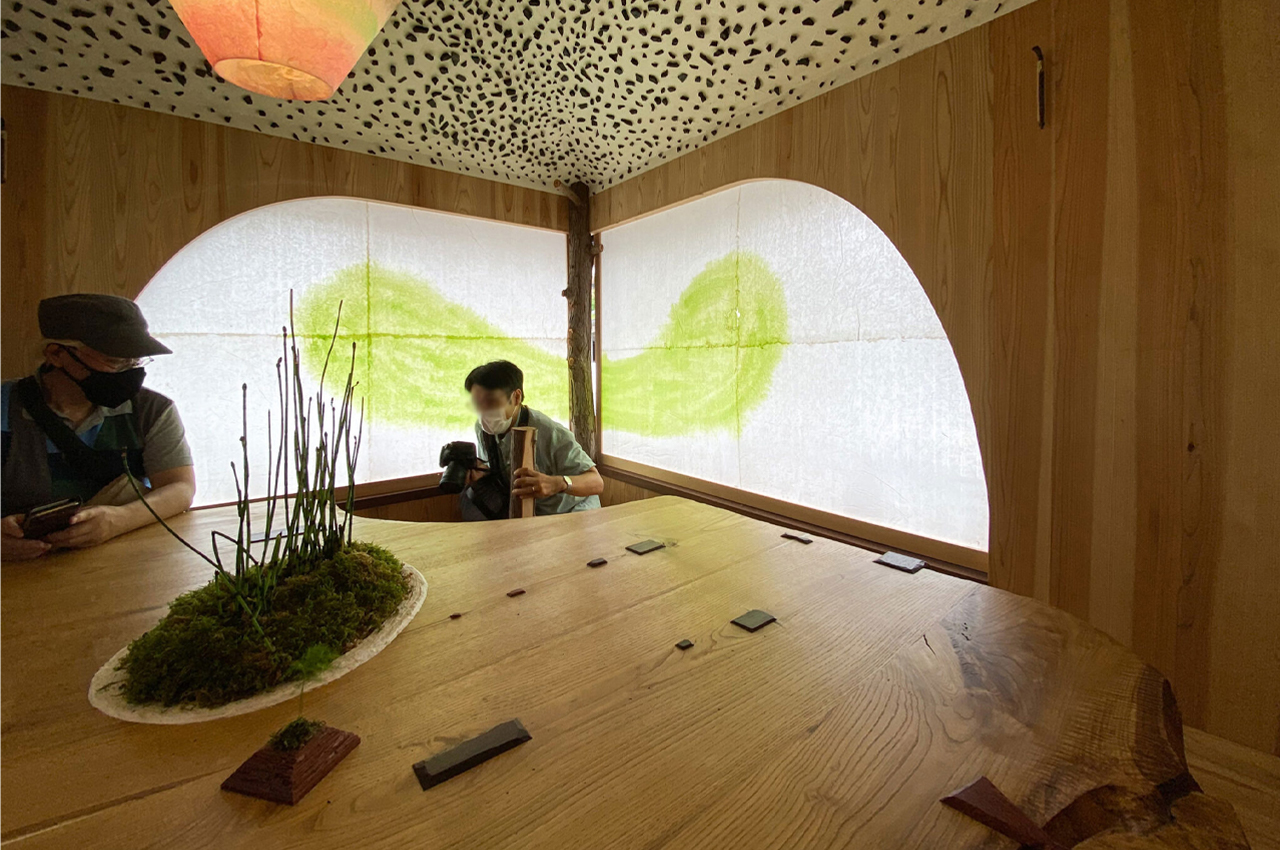
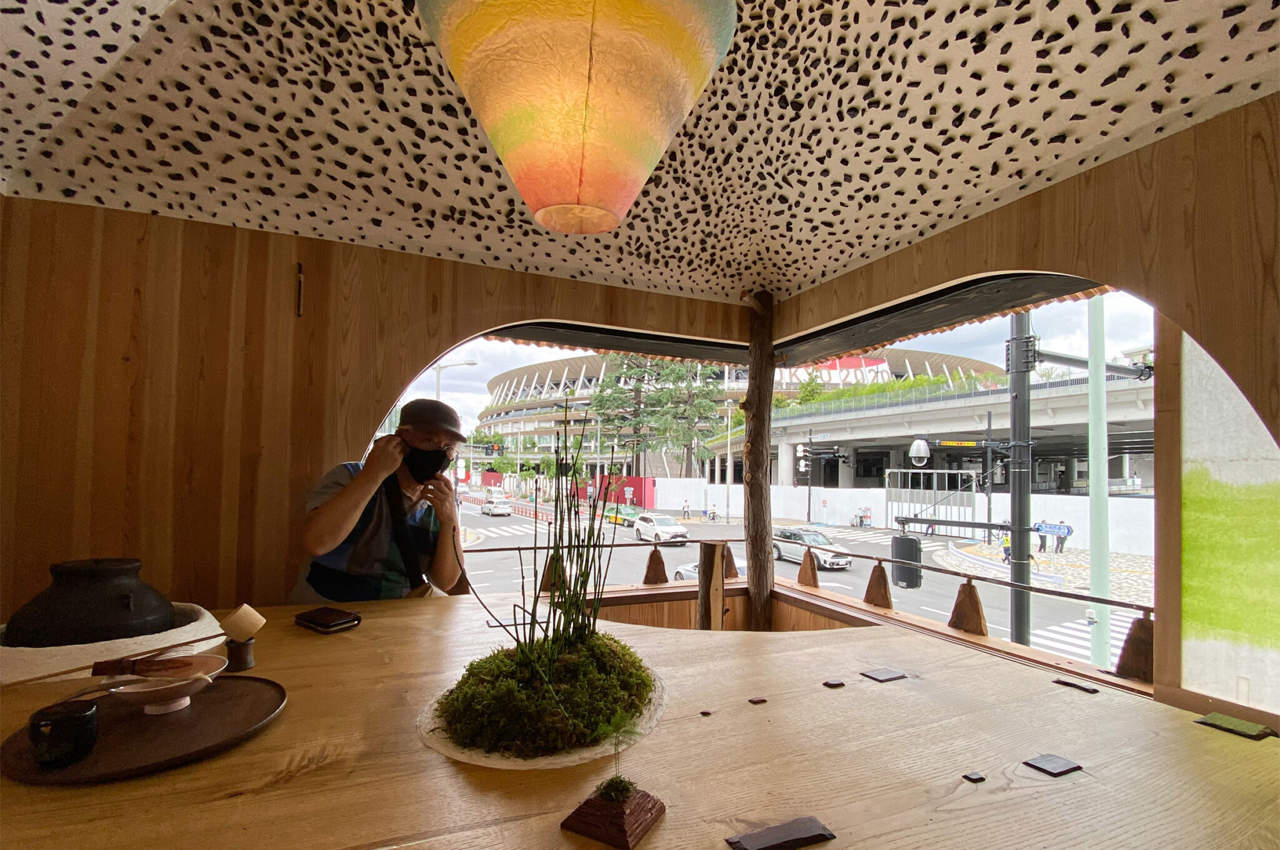
Upstairs, visitors can enjoy a cup of tea and city views inside a room decked out in polished natural wood.
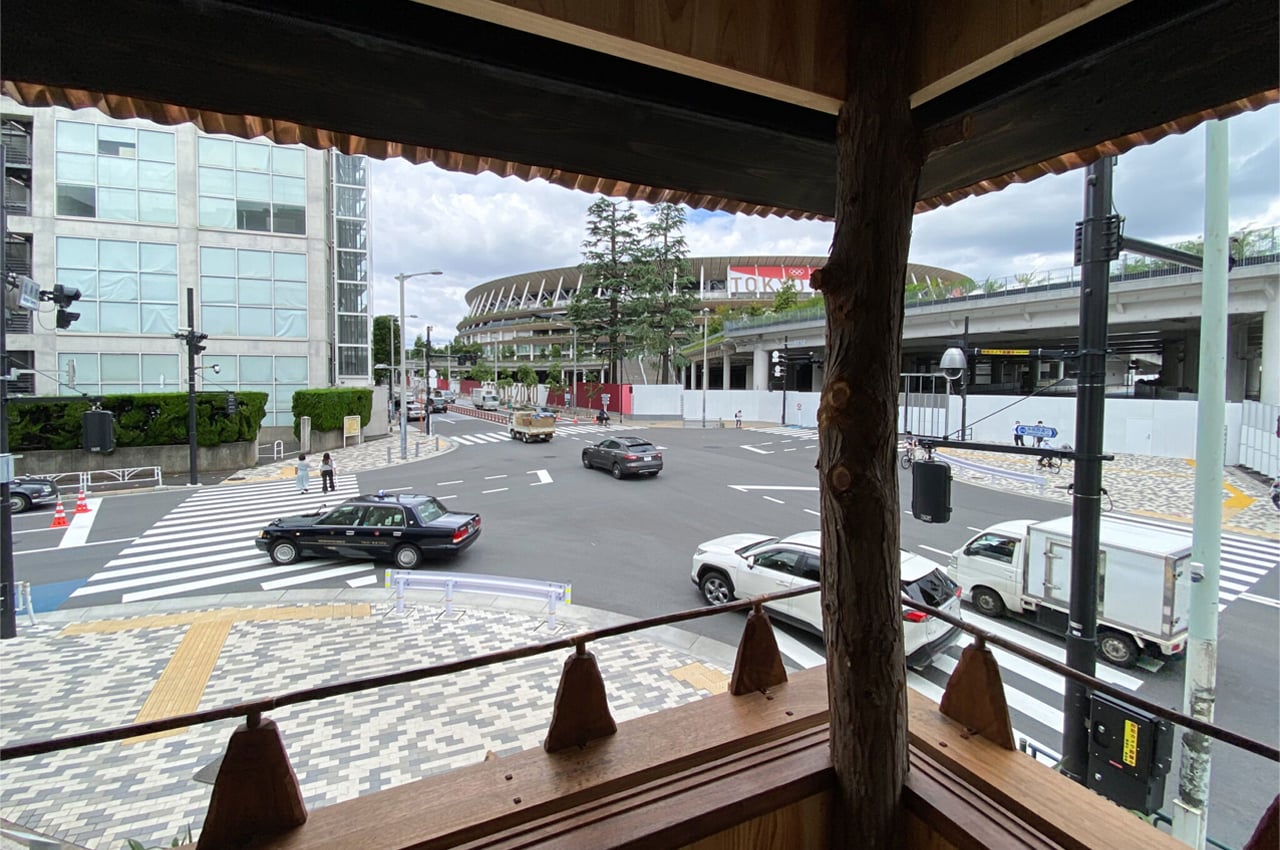
The National Stadium designed by Kengo Kuma is a direct sightline from the upper vista point inside the tearoom.
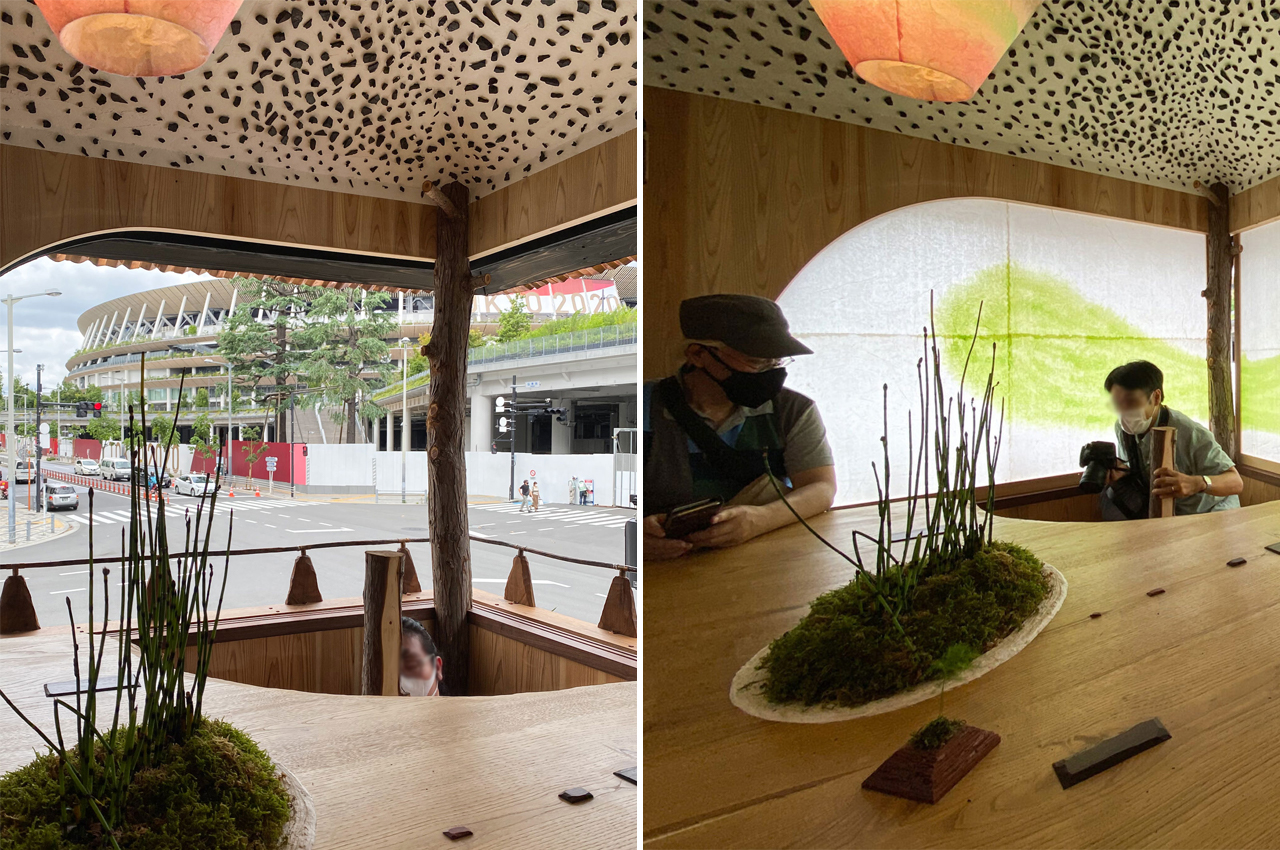
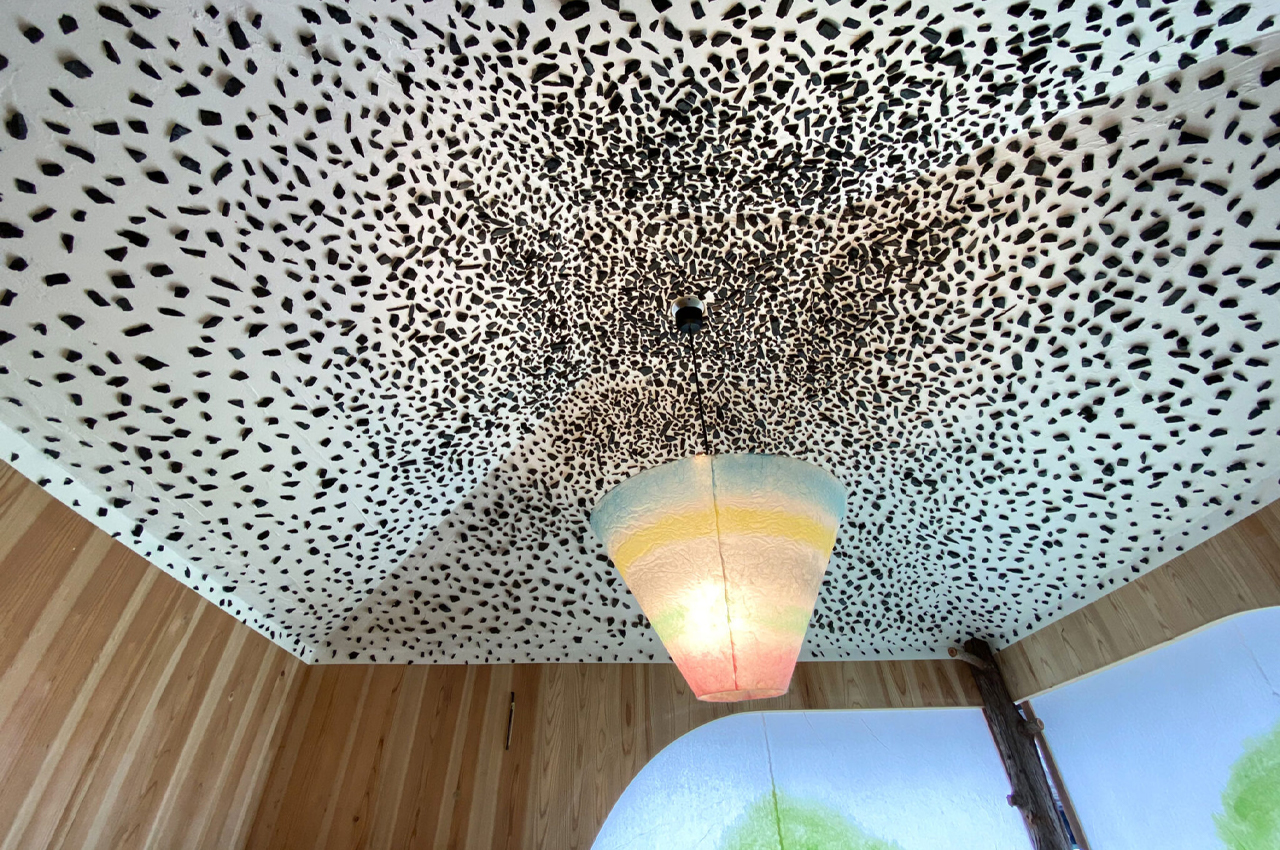
Fujimori worked alongside undergraduate architecture students from Ouchida Laboratory to finish Goan.
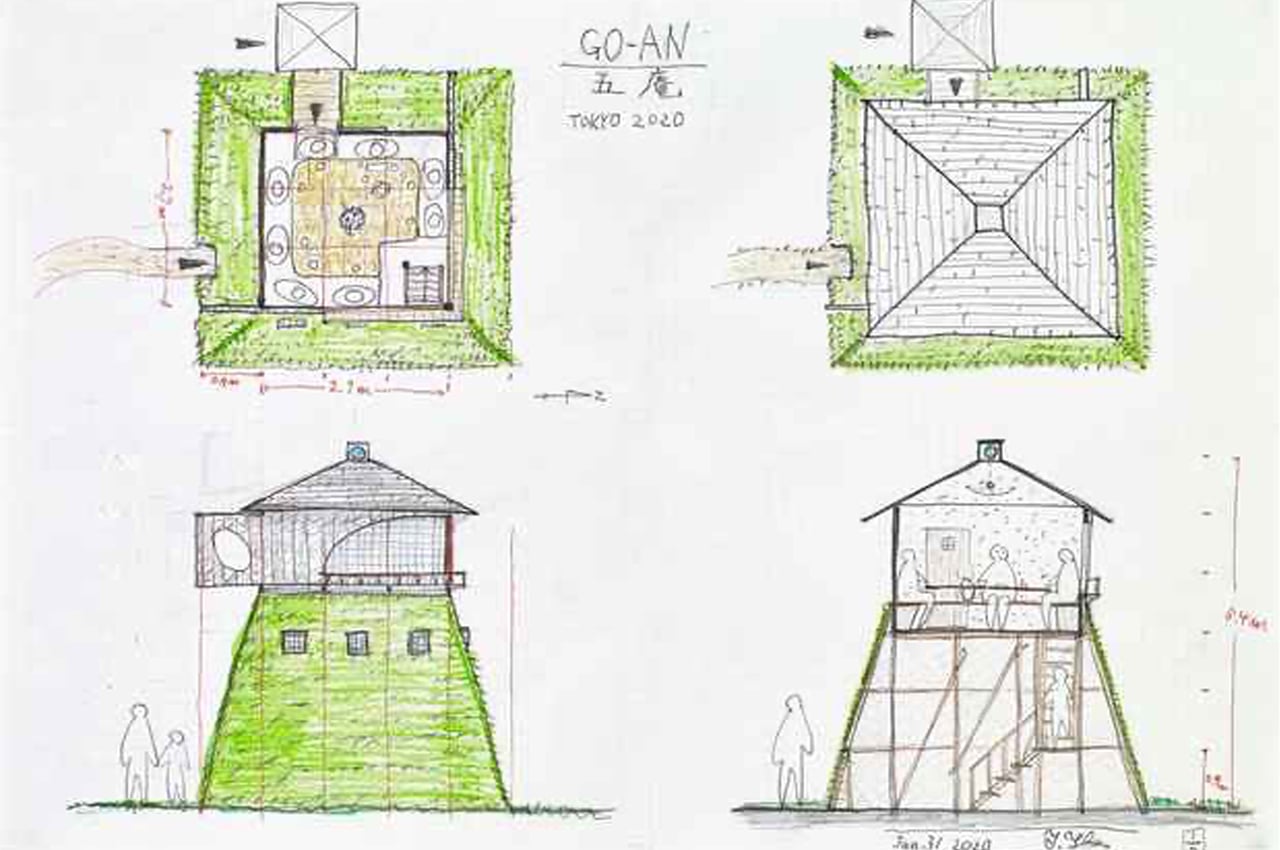
Fujimori’s plans for Goan are now on display at the Watarium Art Museum.
The post This Japanese architect’s fairytale teahouse covered in a grassy facade is topped with a yakisugi-treated timber loft! first appeared on Yanko Design.
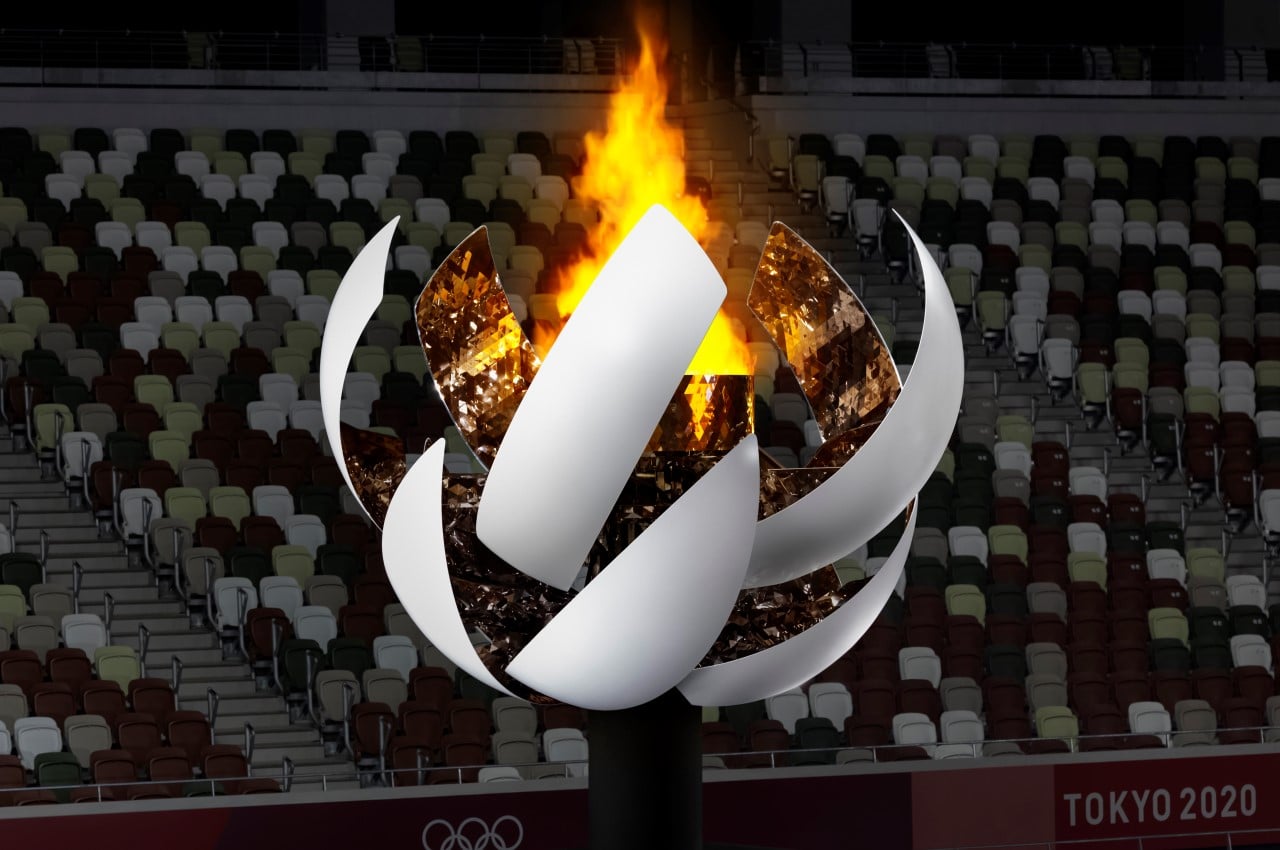
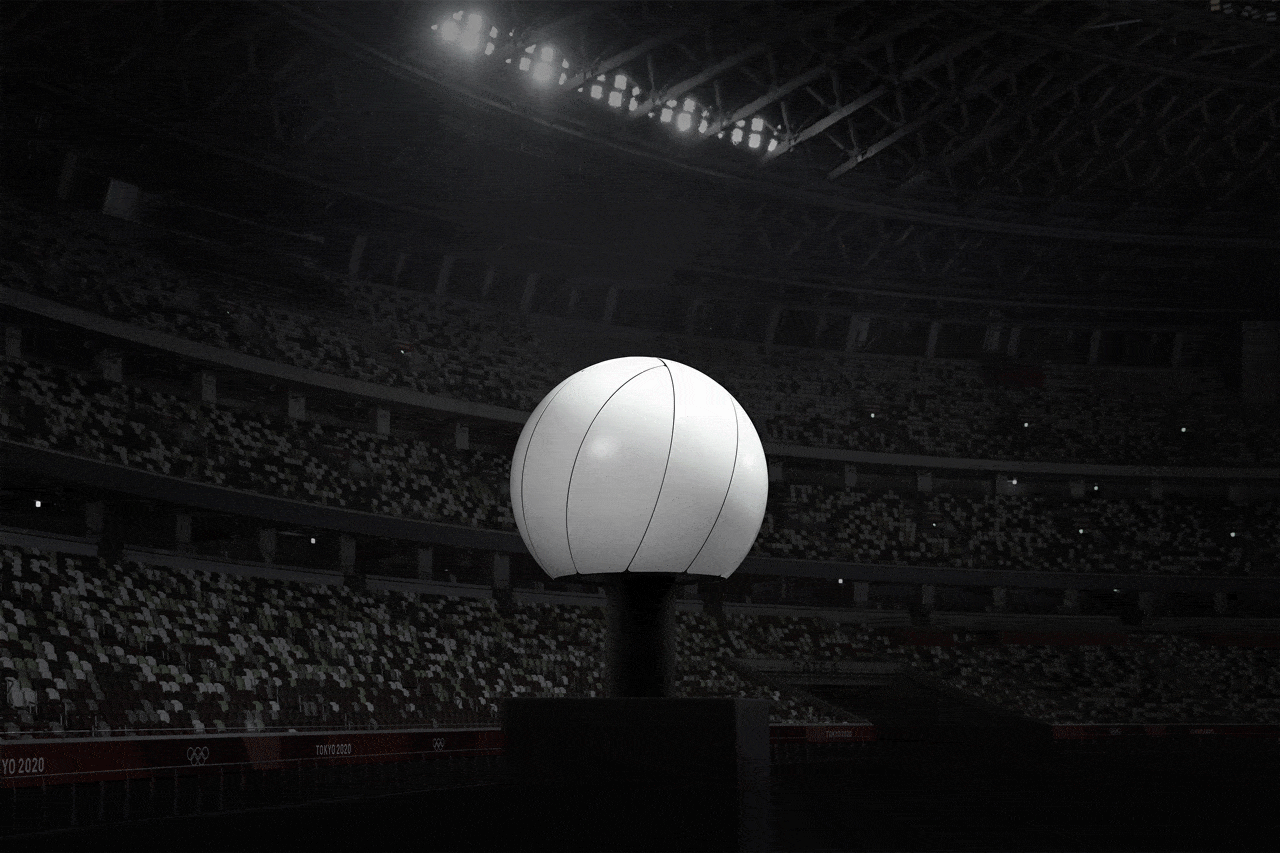

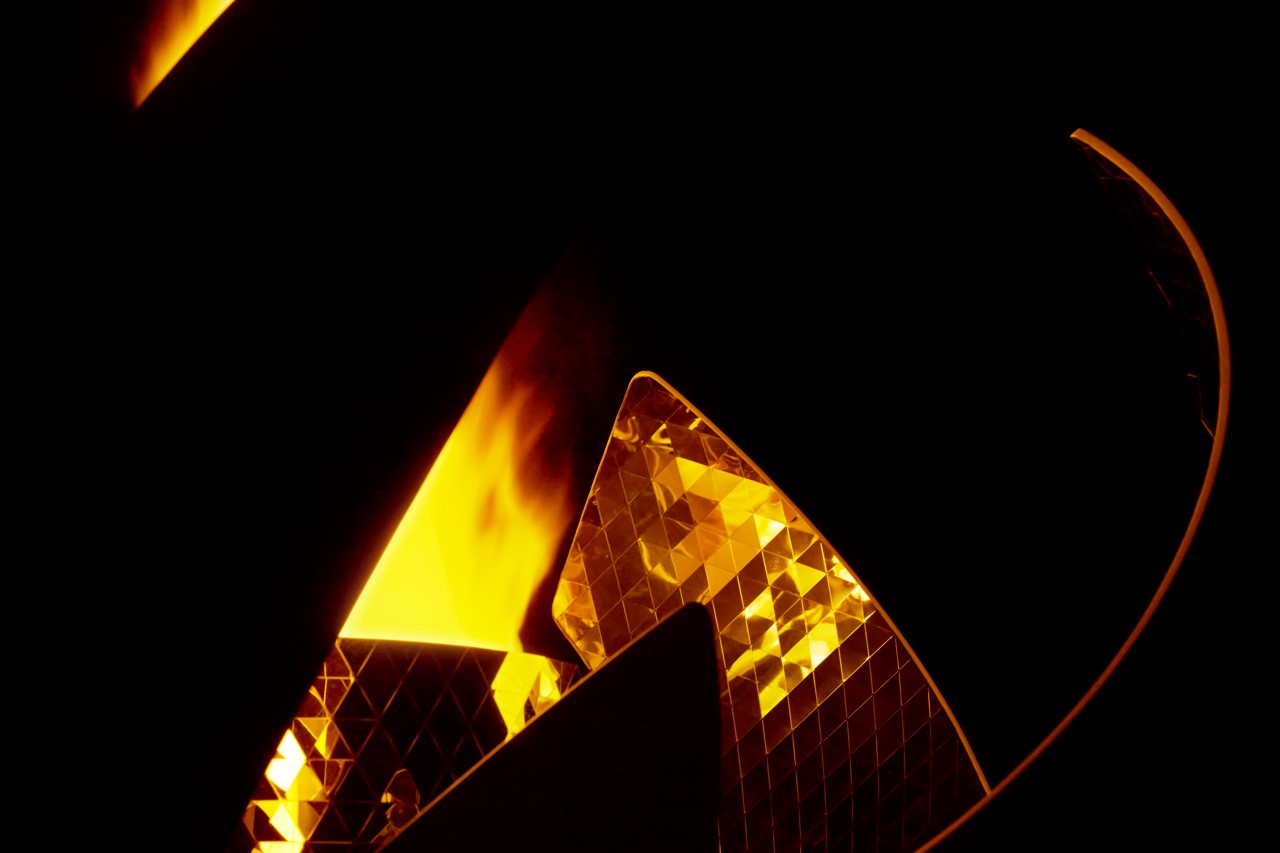
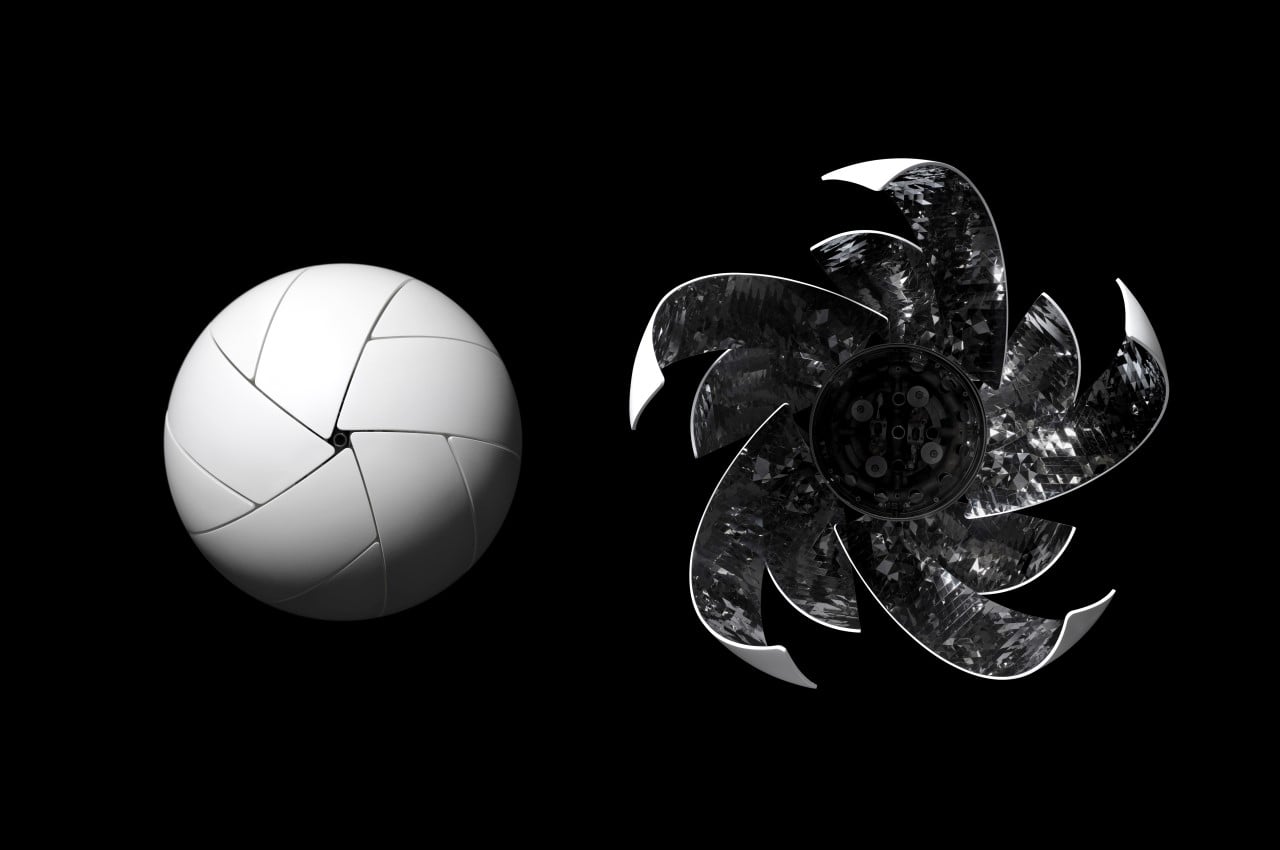
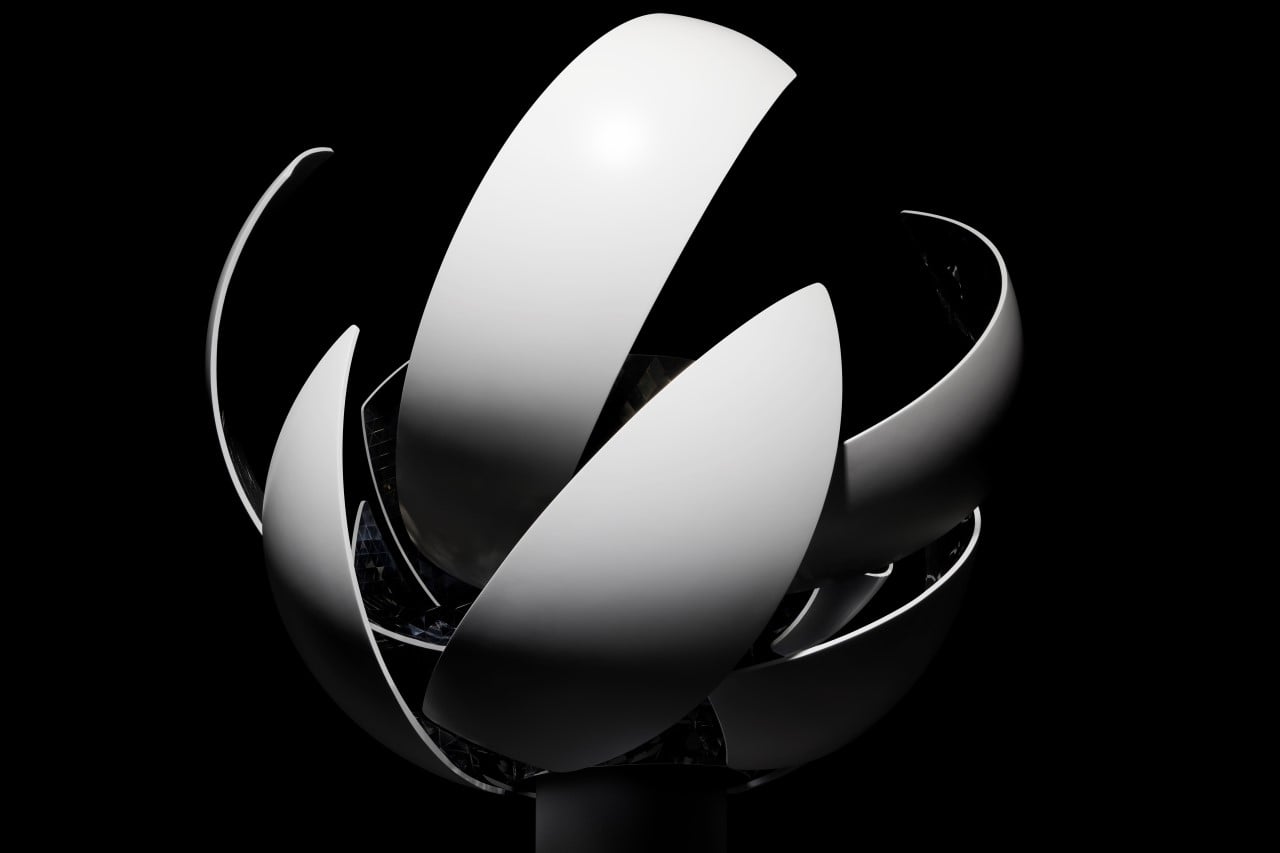
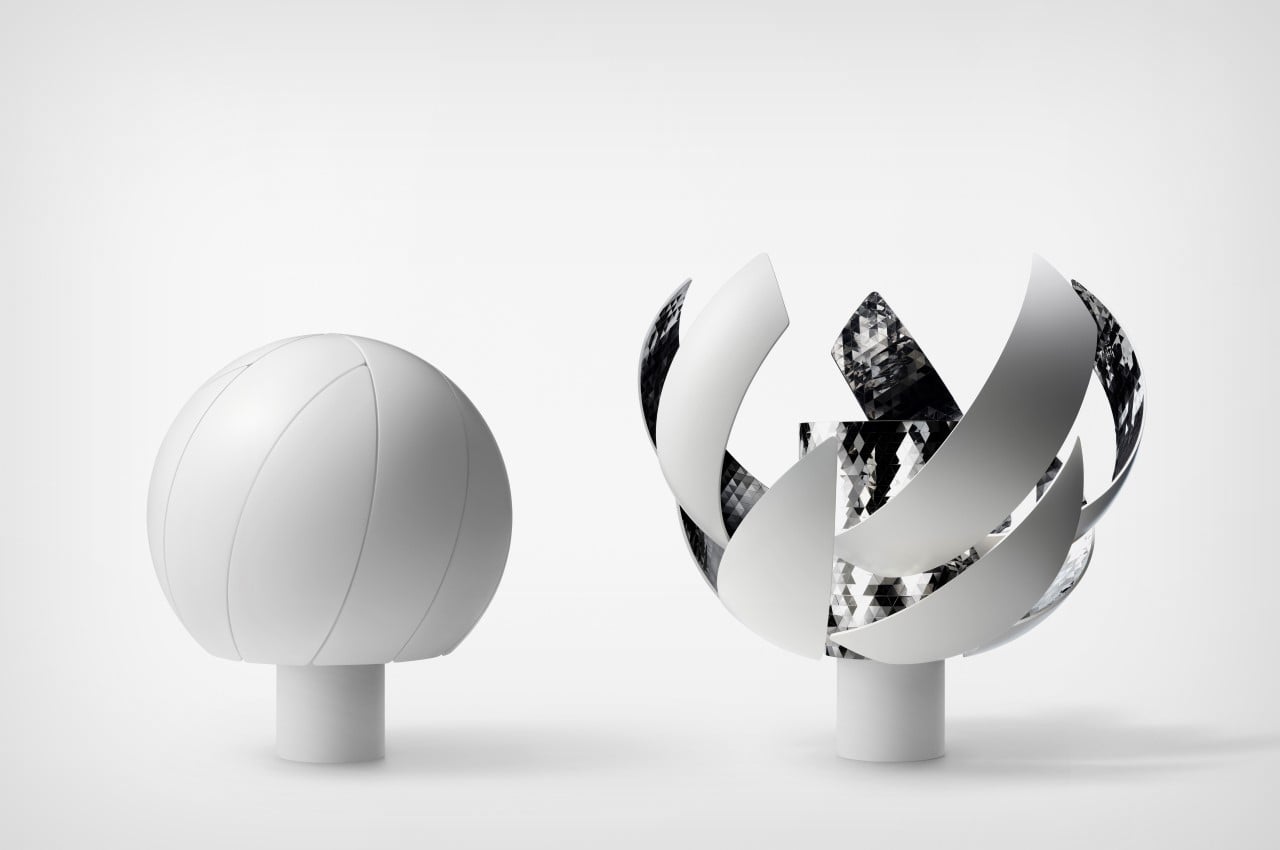
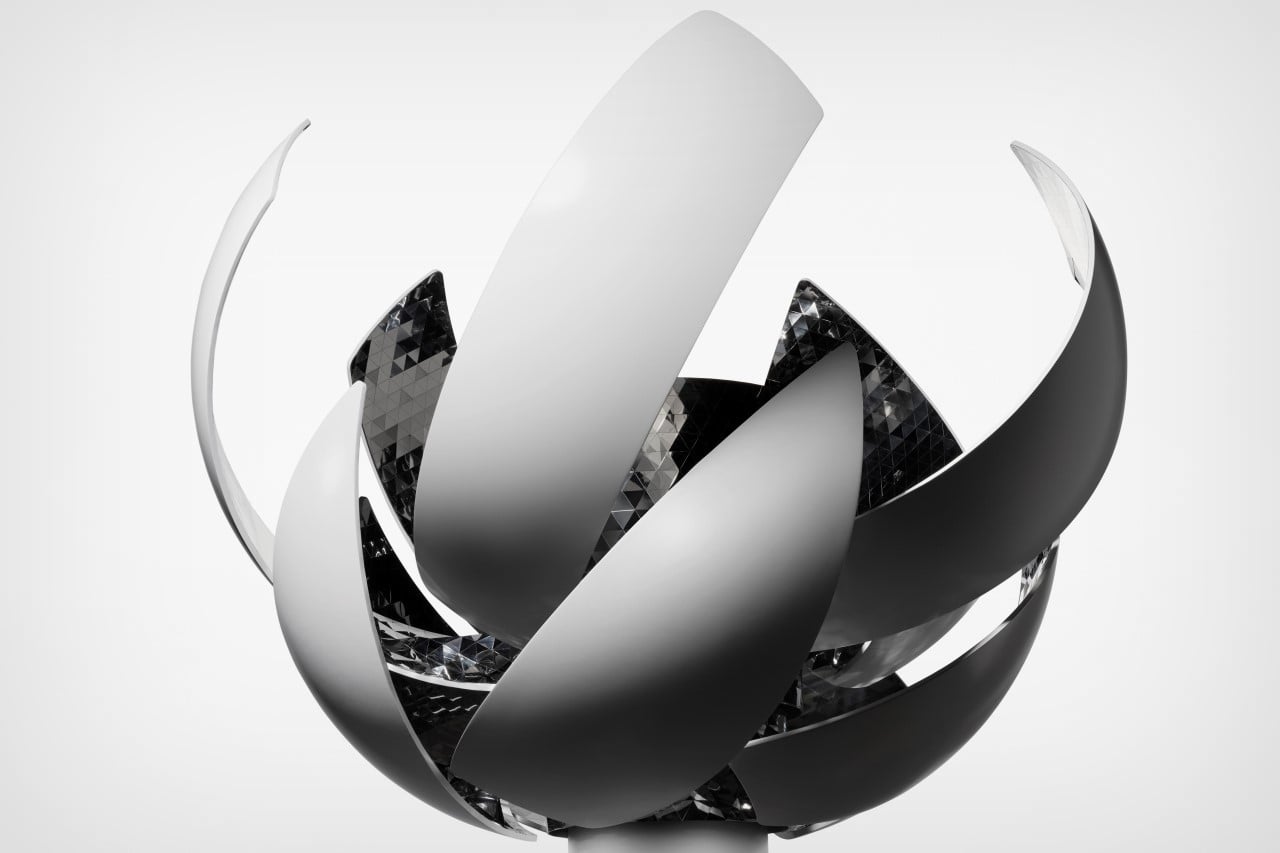
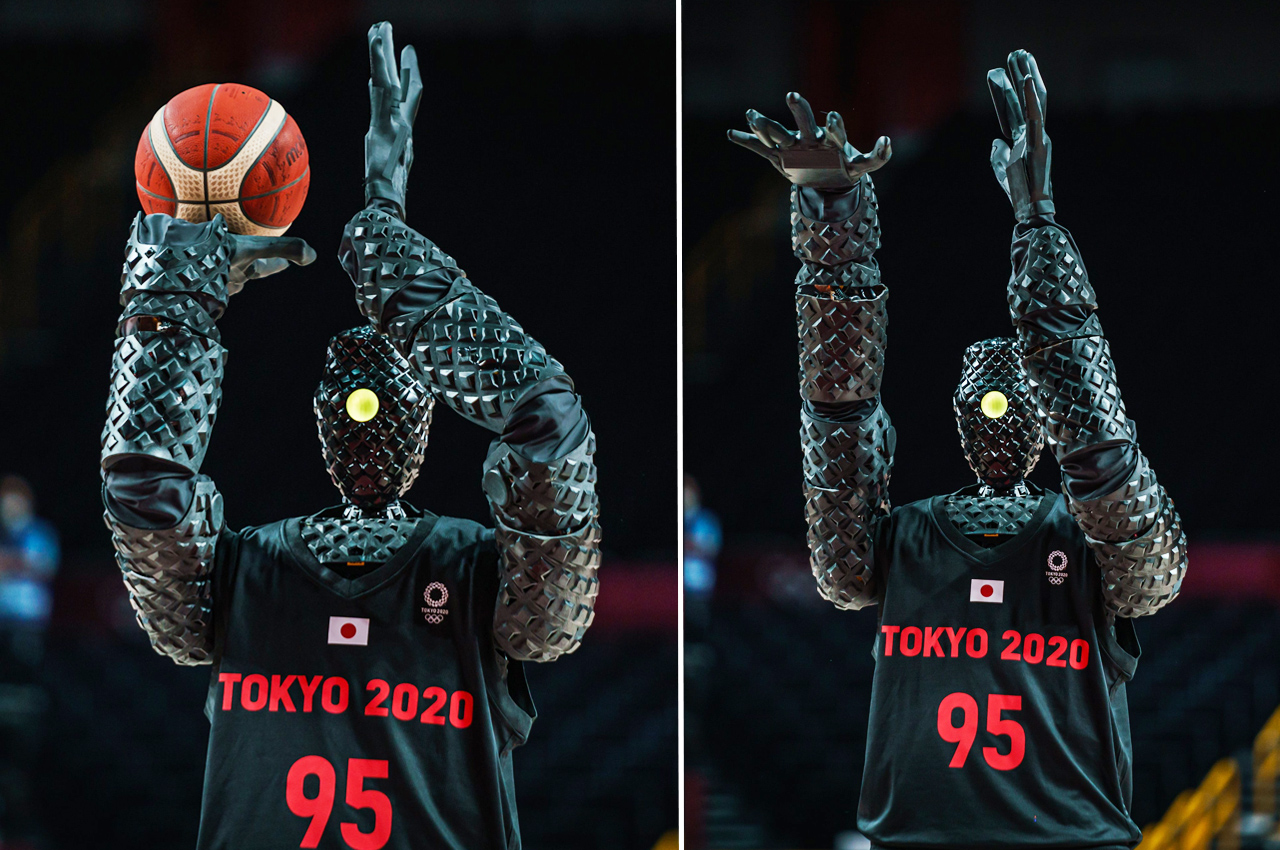
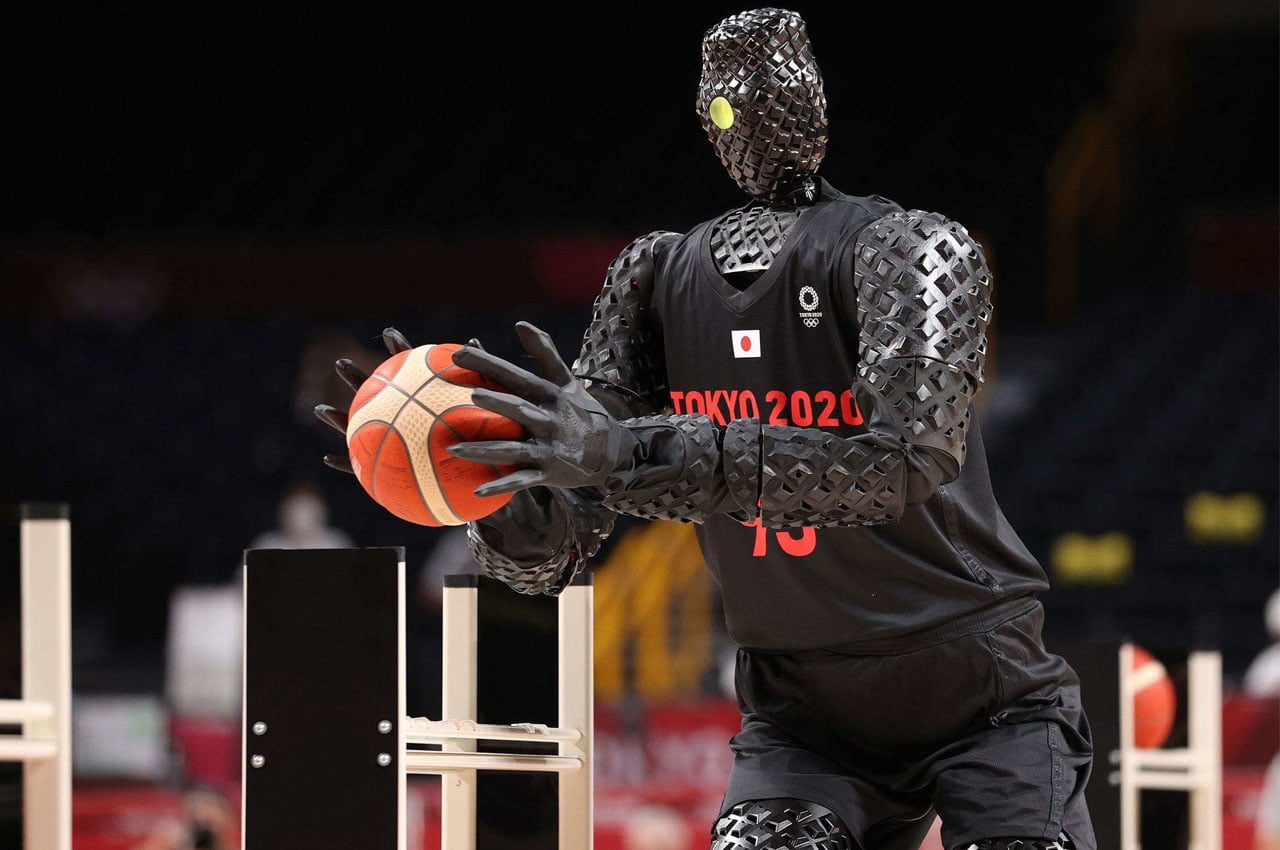
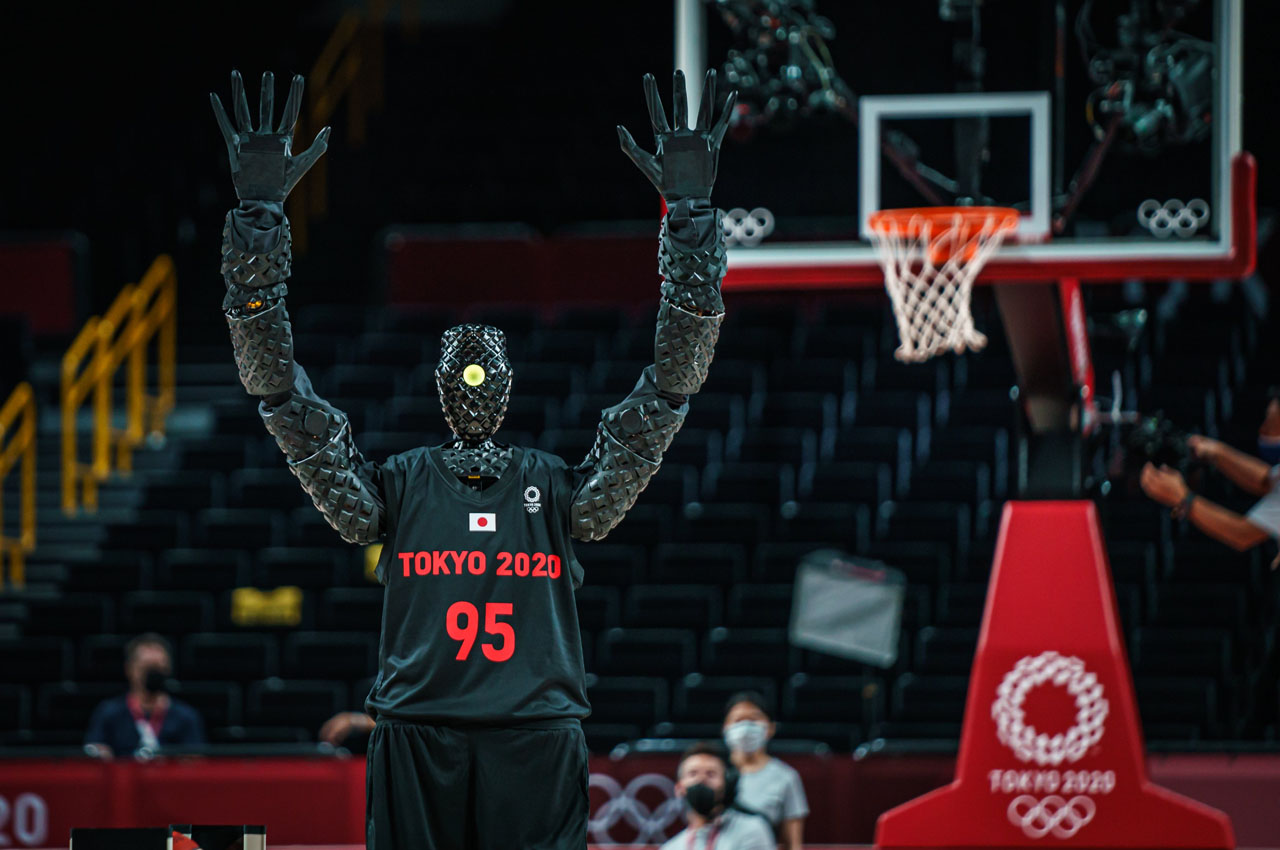
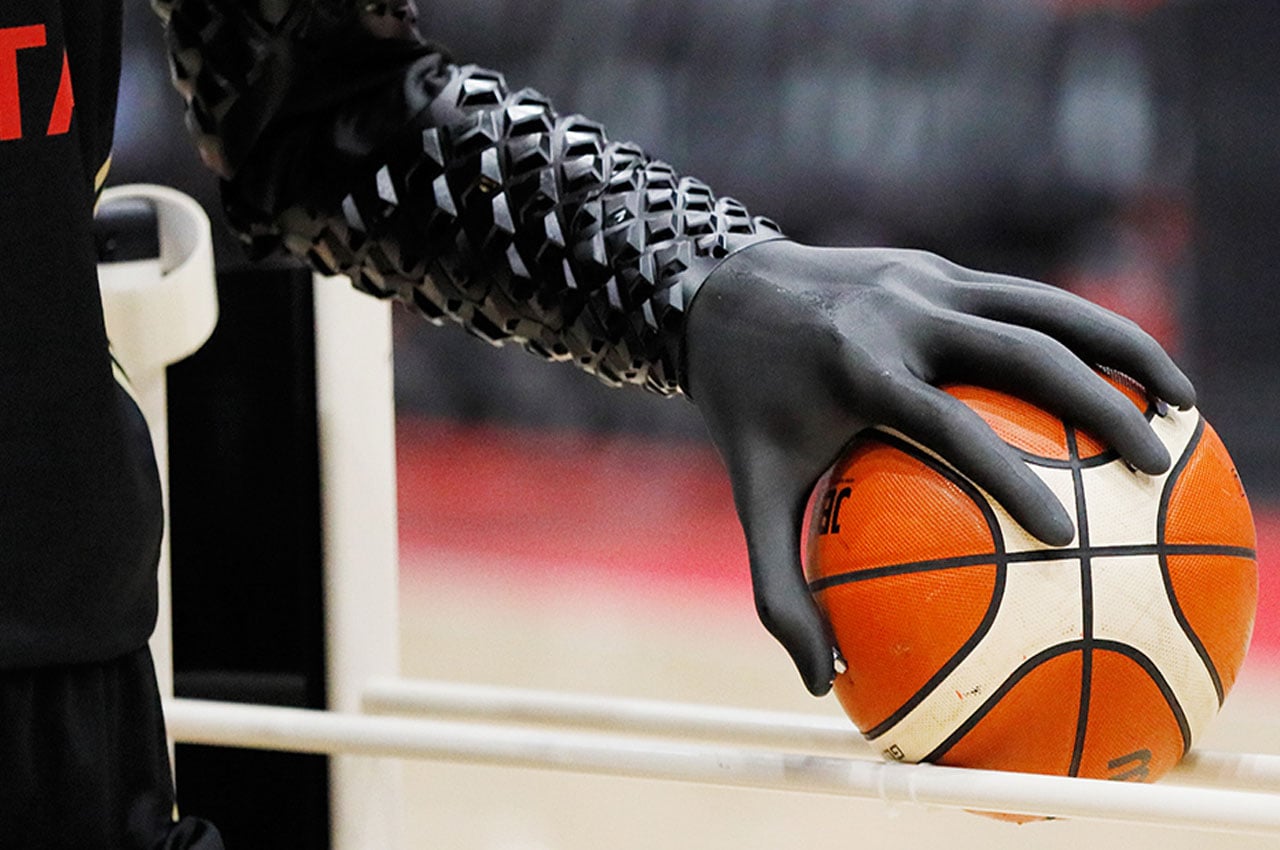
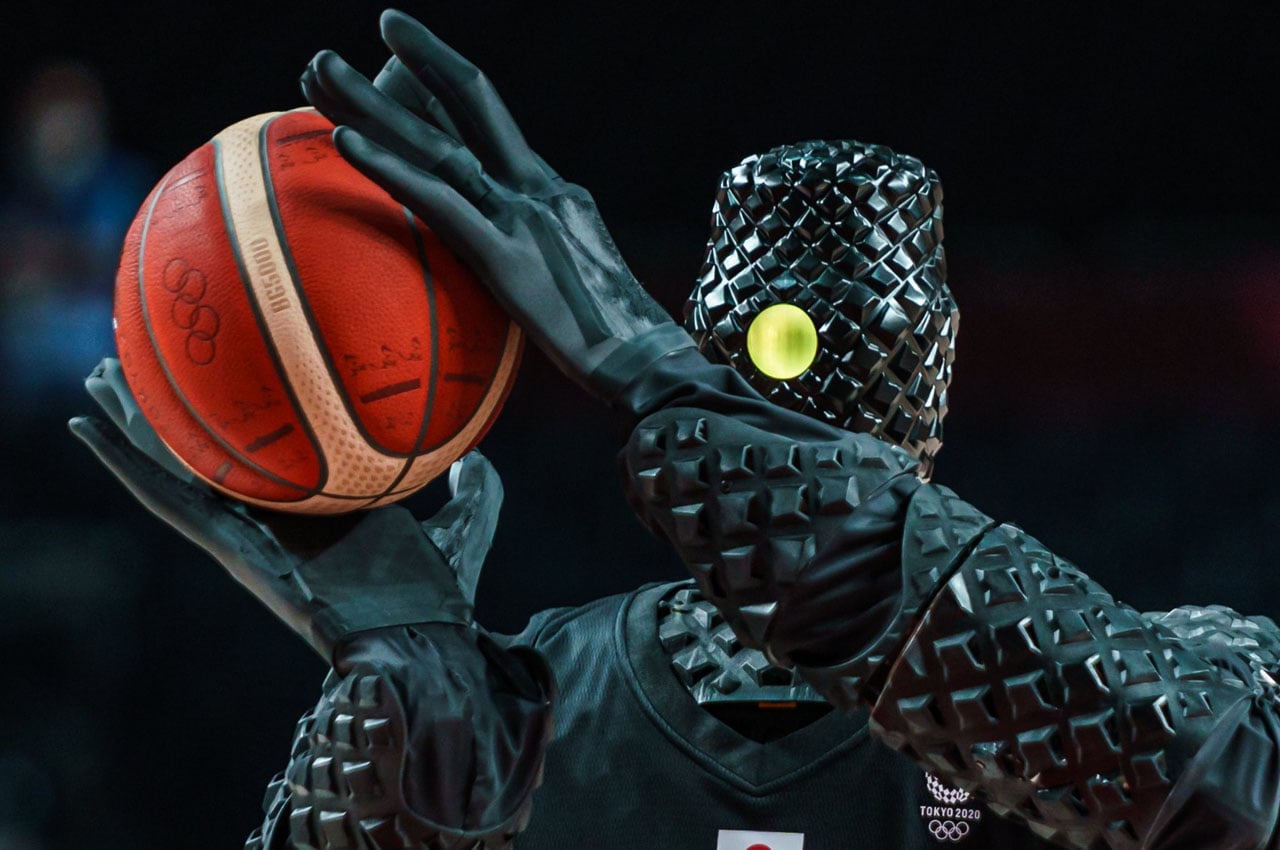
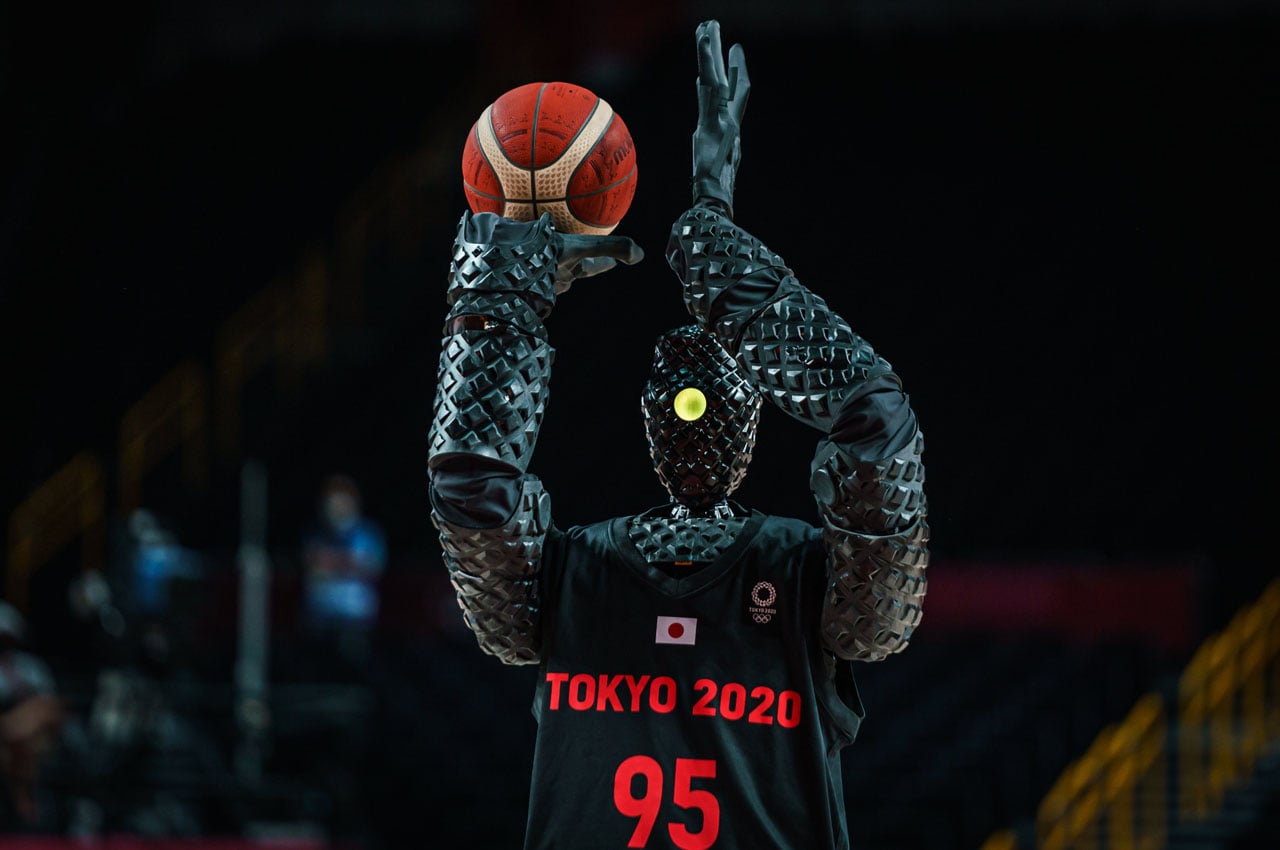
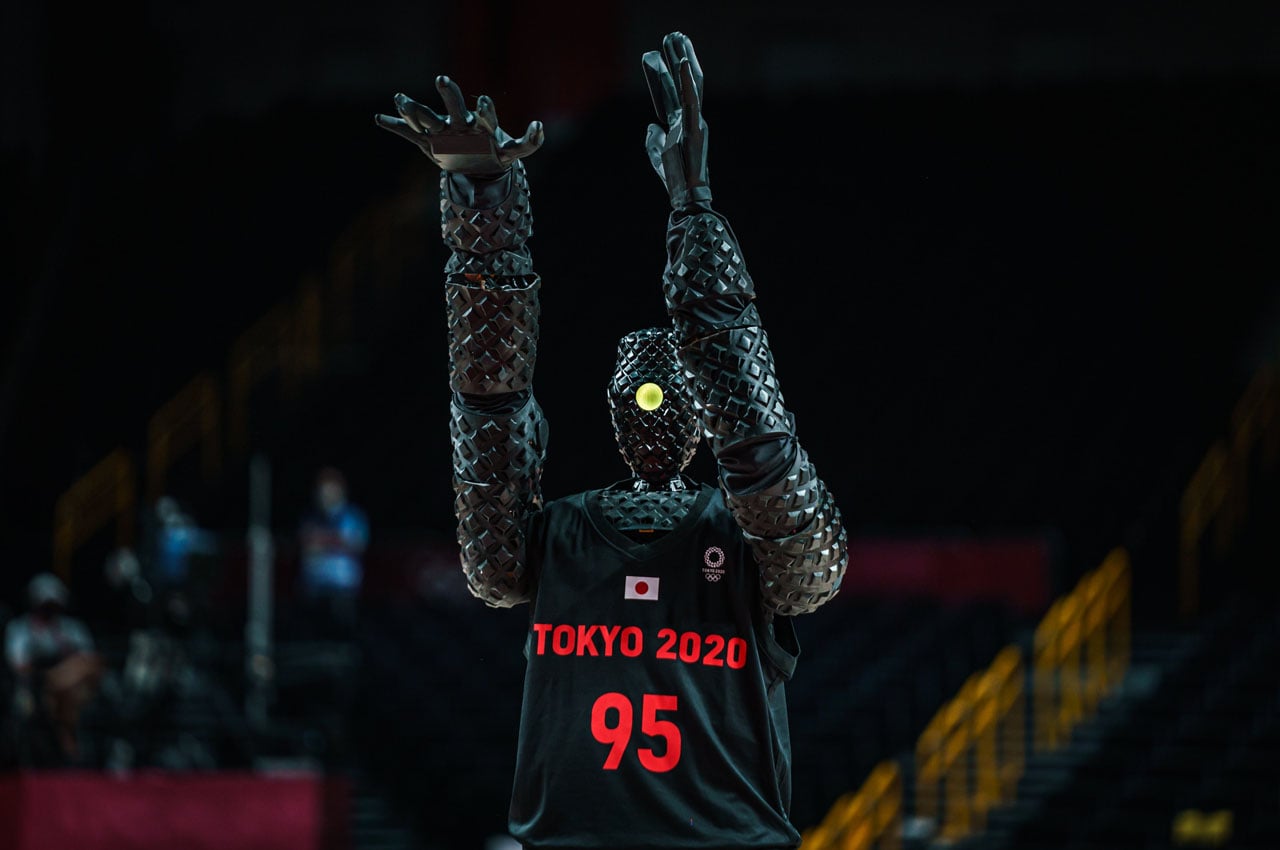
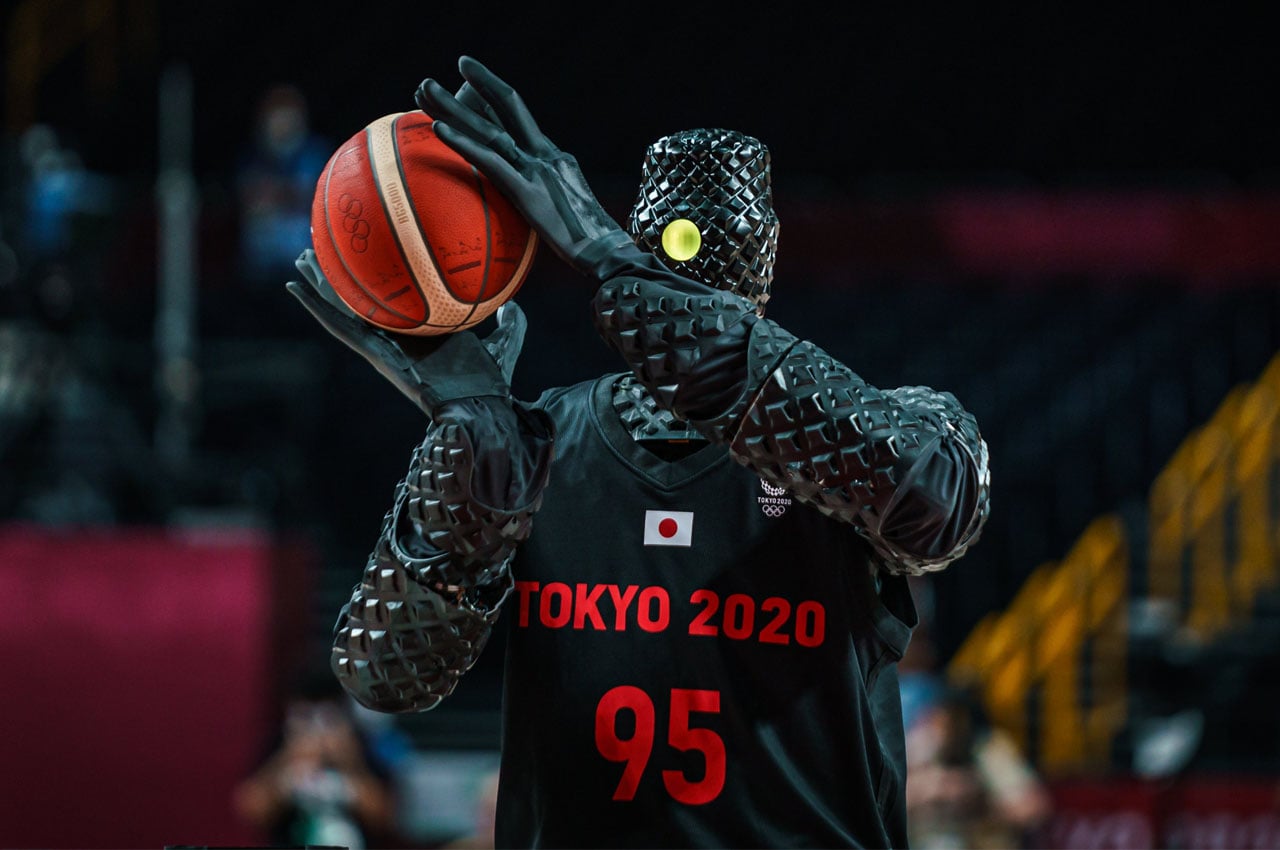
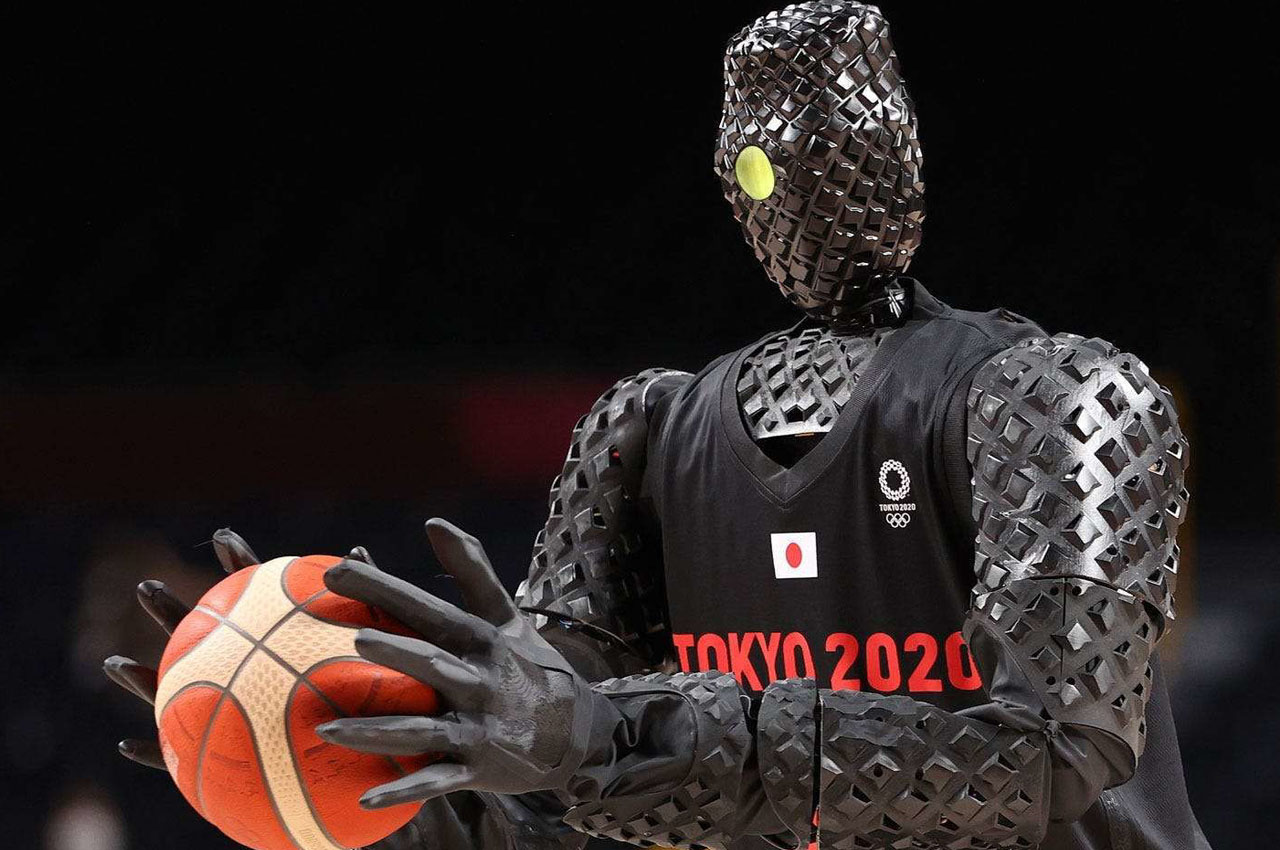
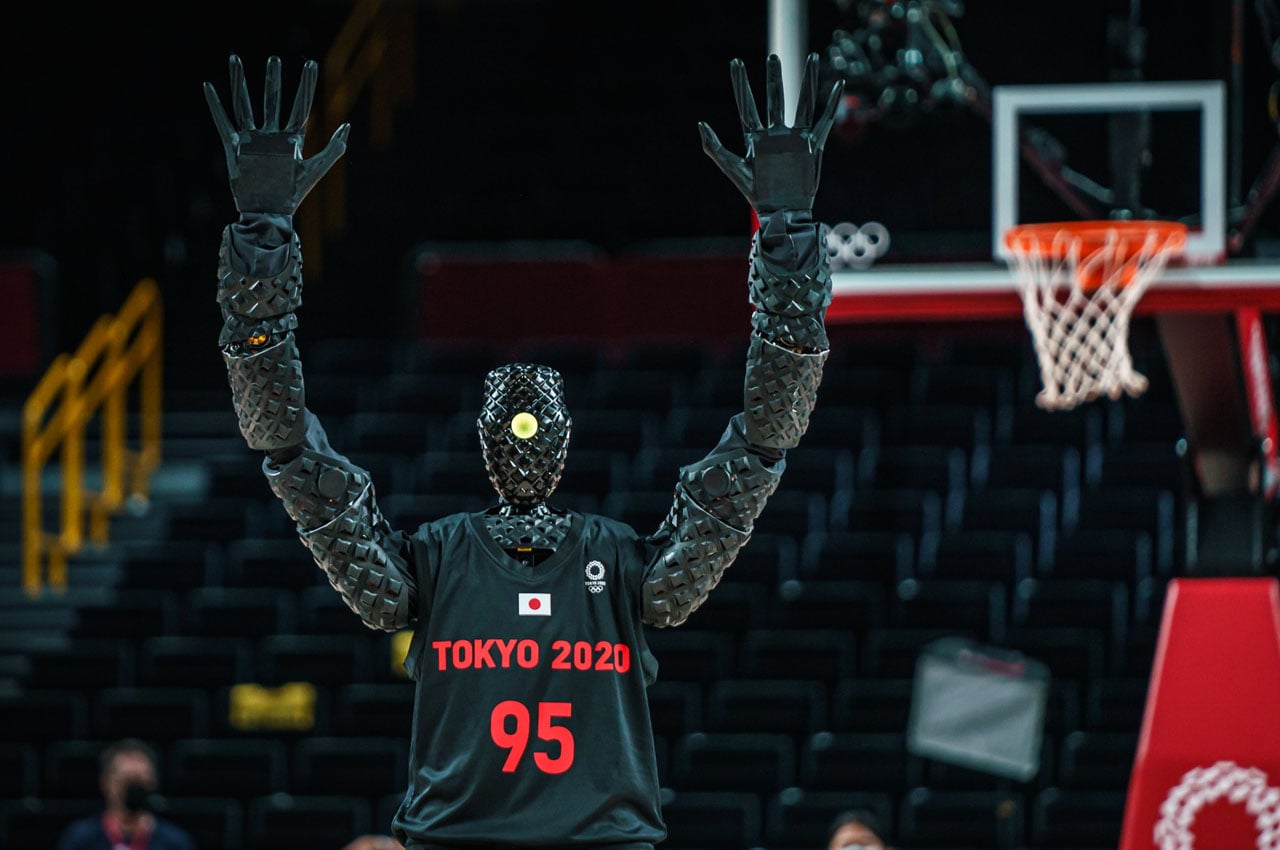
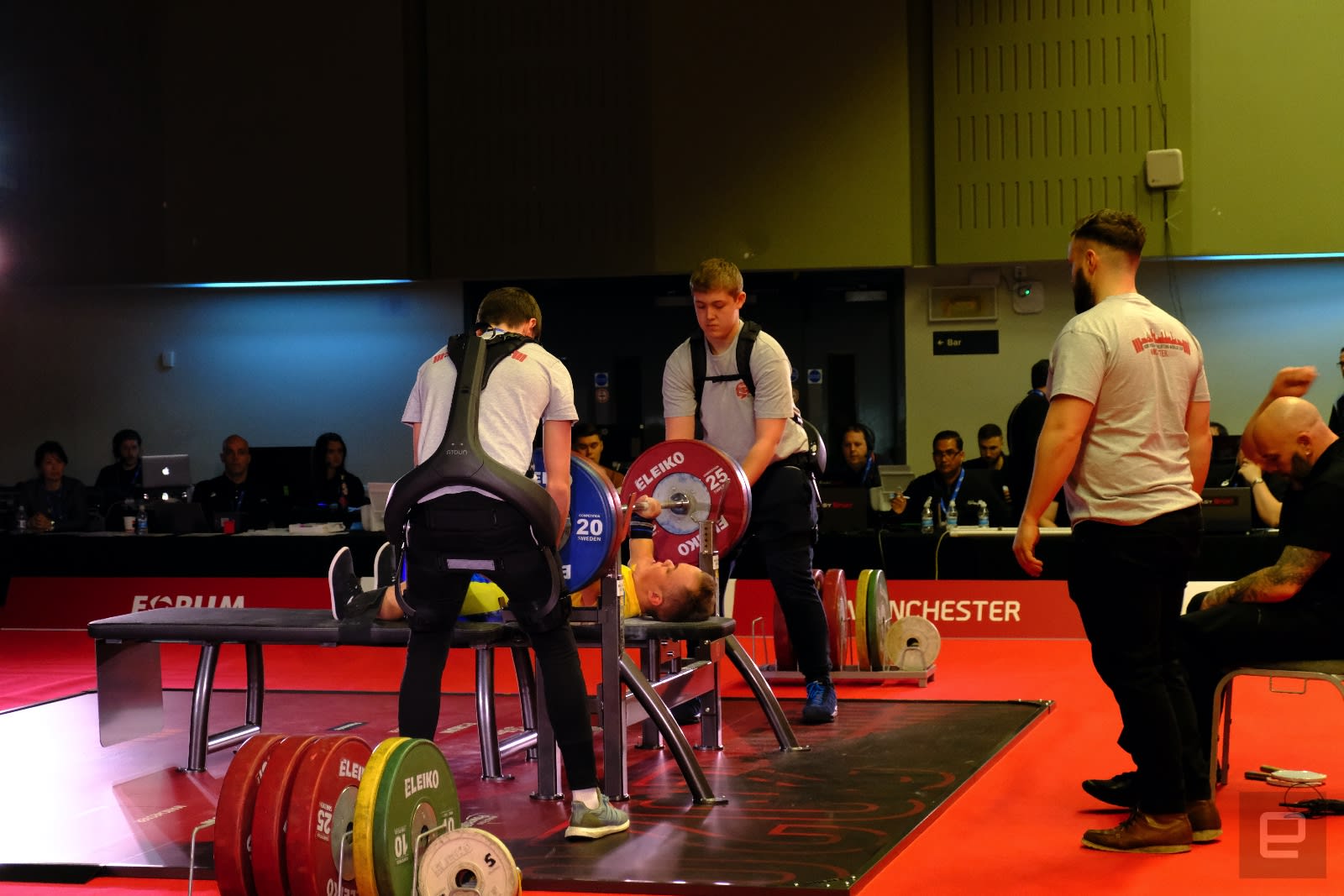 Exosuits, exoskeletons and power-assist suits are mostly a thing of science fiction, used for battling alien menaces or lifting extremely heavy obstacles. Mostly. Now companies like Panasonic are making the case for actually using one. The reality is...
Exosuits, exoskeletons and power-assist suits are mostly a thing of science fiction, used for battling alien menaces or lifting extremely heavy obstacles. Mostly. Now companies like Panasonic are making the case for actually using one. The reality is...
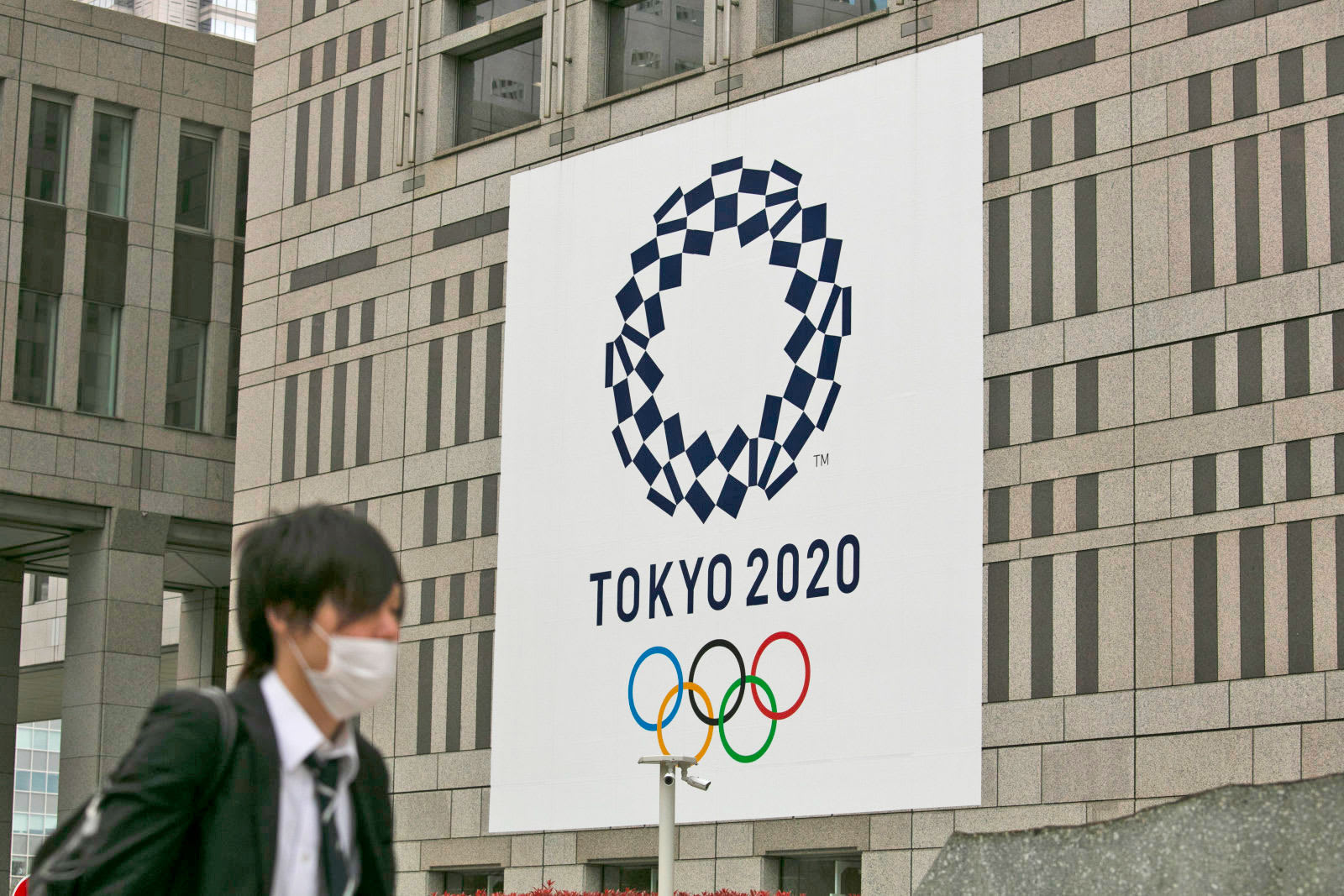 The International Olympic Committee (IOC) has finally accepted that the summer games in Tokyo can't go ahead. Shinzo Abe, Japan's prime minister, asked Thomas Bach, the president of the IOC, for a delay on the phone earlier today. The coronavirus pan...
The International Olympic Committee (IOC) has finally accepted that the summer games in Tokyo can't go ahead. Shinzo Abe, Japan's prime minister, asked Thomas Bach, the president of the IOC, for a delay on the phone earlier today. The coronavirus pan...
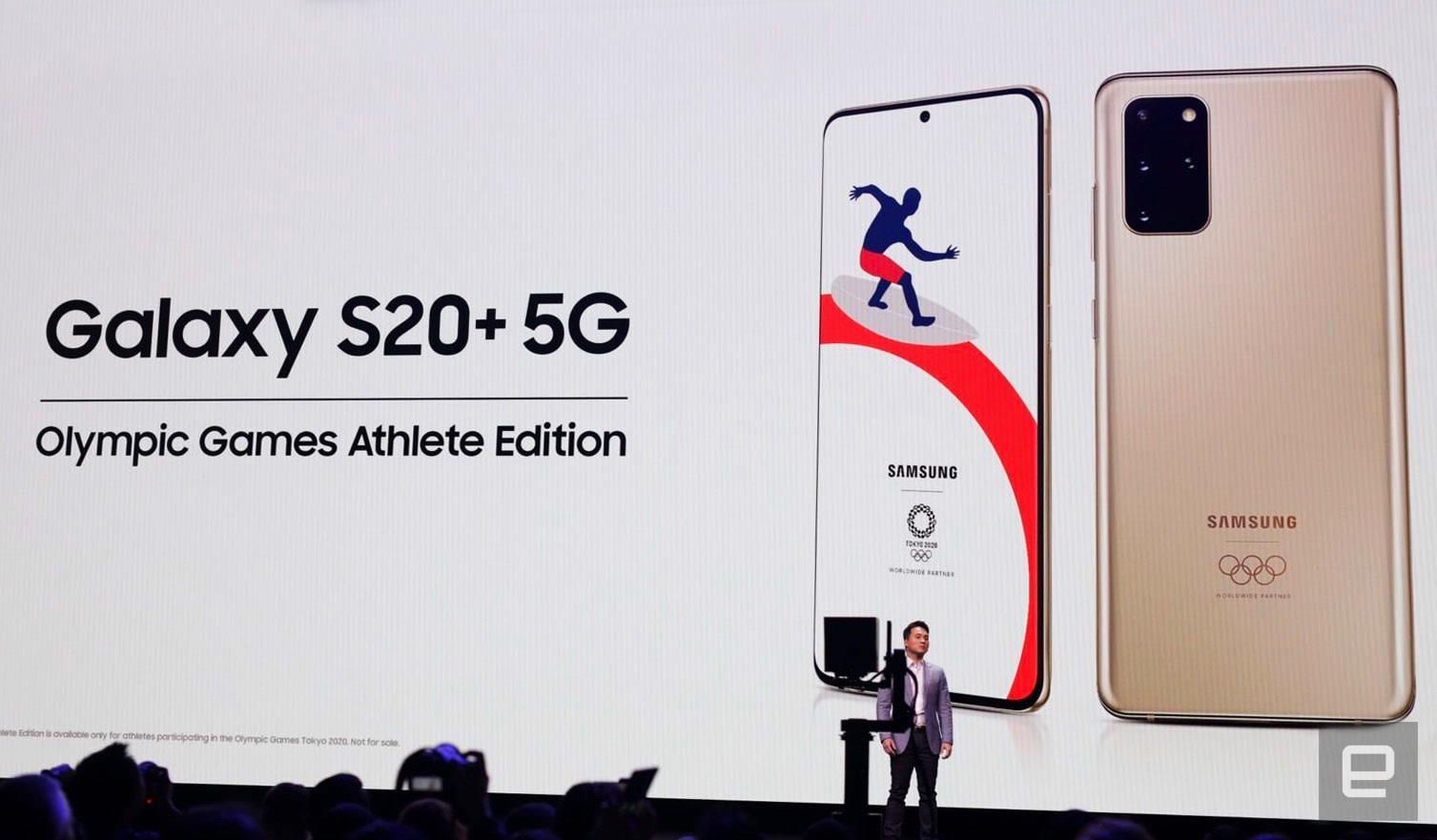 With the Tokyo 2020 Olympics mere months away, Samsung says it will give athletes taking part in the competition a special version of the Galaxy S20+. Dubbed the Olympic Games Athlete Edition, the "Mirror Gold" phone features the Olympic rings toward...
With the Tokyo 2020 Olympics mere months away, Samsung says it will give athletes taking part in the competition a special version of the Galaxy S20+. Dubbed the Olympic Games Athlete Edition, the "Mirror Gold" phone features the Olympic rings toward...
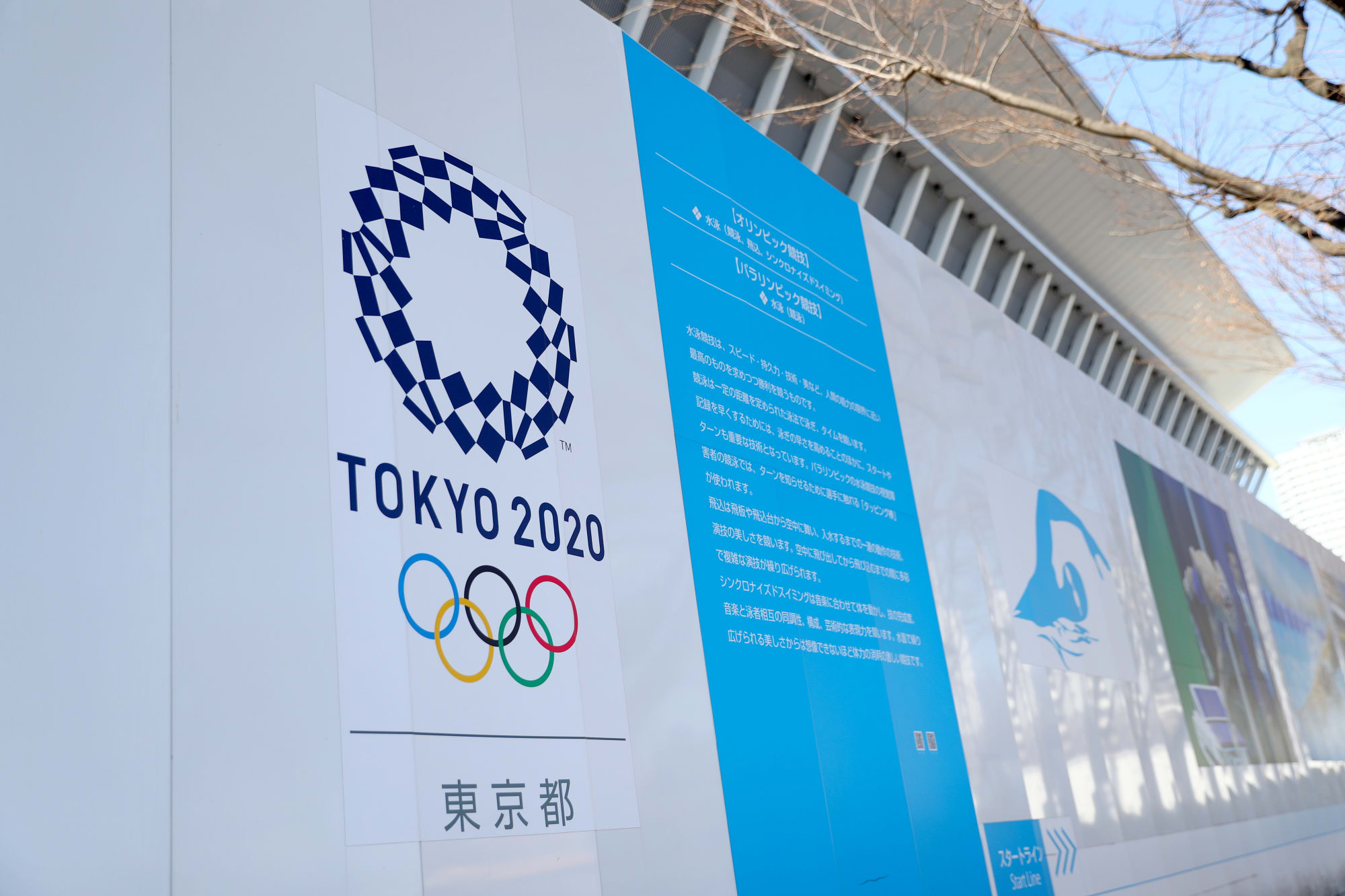 The 2020 Olympic Summer Games don't commence for six months, but plenty of marketing work goes into the international event well beforehand. NBC, which owns the media rights to the Olympic Games, has renewed its deal with Snap to publish daily covera...
The 2020 Olympic Summer Games don't commence for six months, but plenty of marketing work goes into the international event well beforehand. NBC, which owns the media rights to the Olympic Games, has renewed its deal with Snap to publish daily covera...
 Toyota has revealed details of an upcoming public test for its level-4 automated vehicle and "Chauffeur" self-driving tech, and sports fans headed to Tokyo next year for the Olympic Games will have the chance to try it out. The automaker is offering...
Toyota has revealed details of an upcoming public test for its level-4 automated vehicle and "Chauffeur" self-driving tech, and sports fans headed to Tokyo next year for the Olympic Games will have the chance to try it out. The automaker is offering...
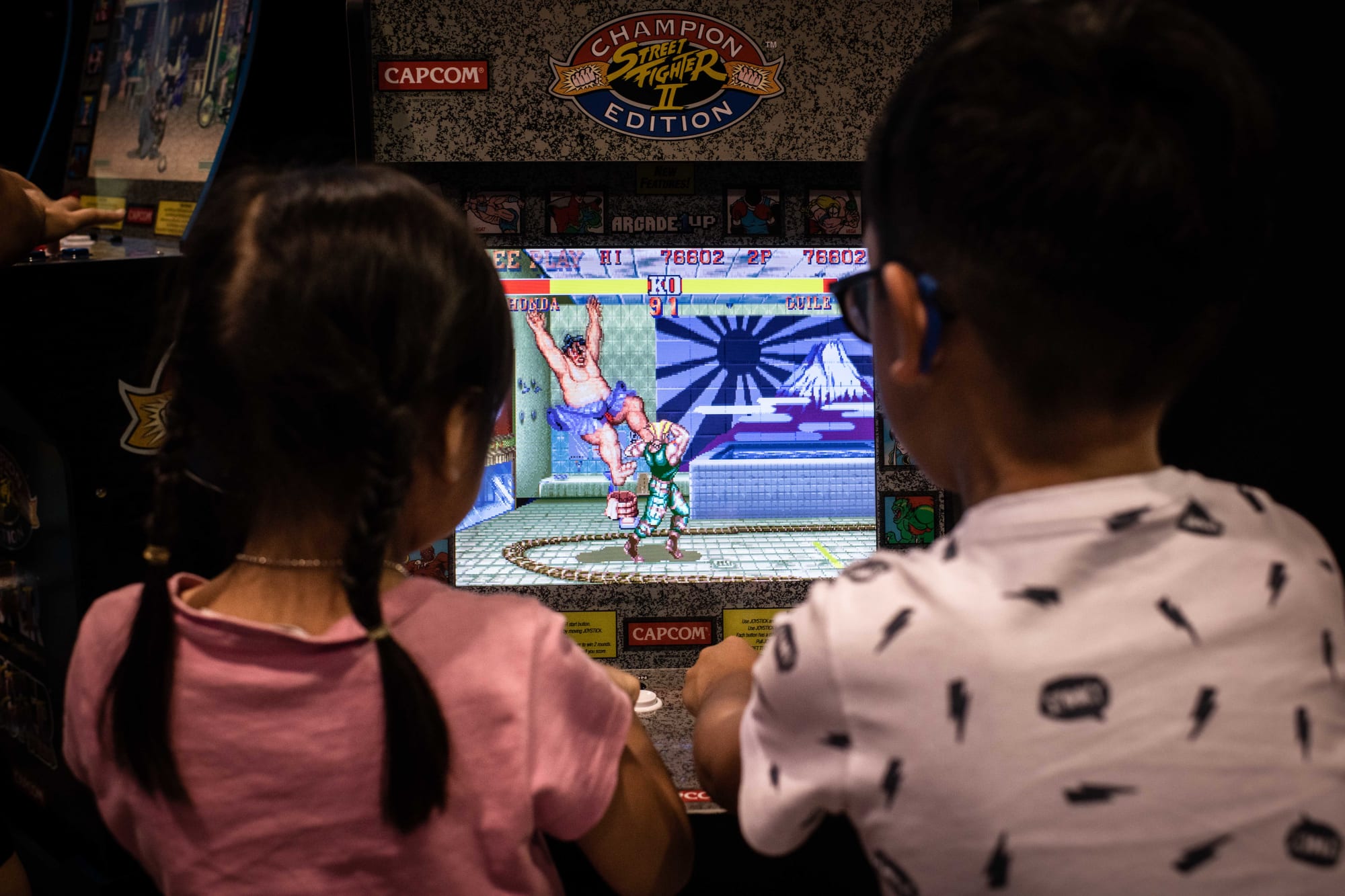 Gamers will go for the gold next summer in Tokyo, but not in the Olympics. Intel has announced it will host an esports tournament in Tokyo during the lead-up to the 2020 Olympics. Players will compete in Street Fighter V and Rocket League for a price...
Gamers will go for the gold next summer in Tokyo, but not in the Olympics. Intel has announced it will host an esports tournament in Tokyo during the lead-up to the 2020 Olympics. Players will compete in Street Fighter V and Rocket League for a price...
 AI and automation have revolutionized the manufacturing sector with robots working alongside humans on factory floors. Now, those same sorts of technologies are beginning to find their way into corporate offices and are rapidly changing the way we co...
AI and automation have revolutionized the manufacturing sector with robots working alongside humans on factory floors. Now, those same sorts of technologies are beginning to find their way into corporate offices and are rapidly changing the way we co...